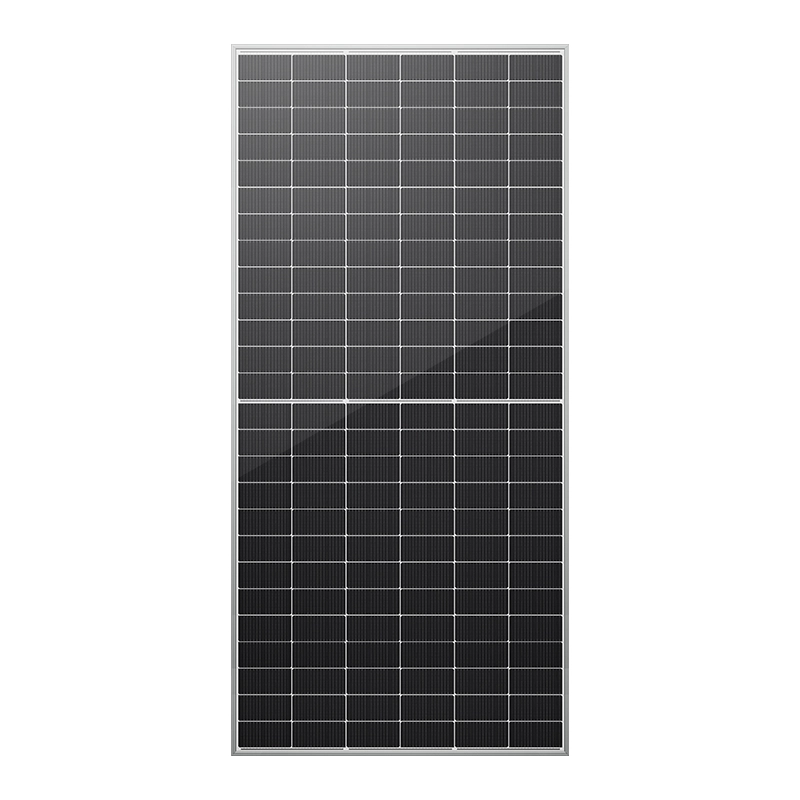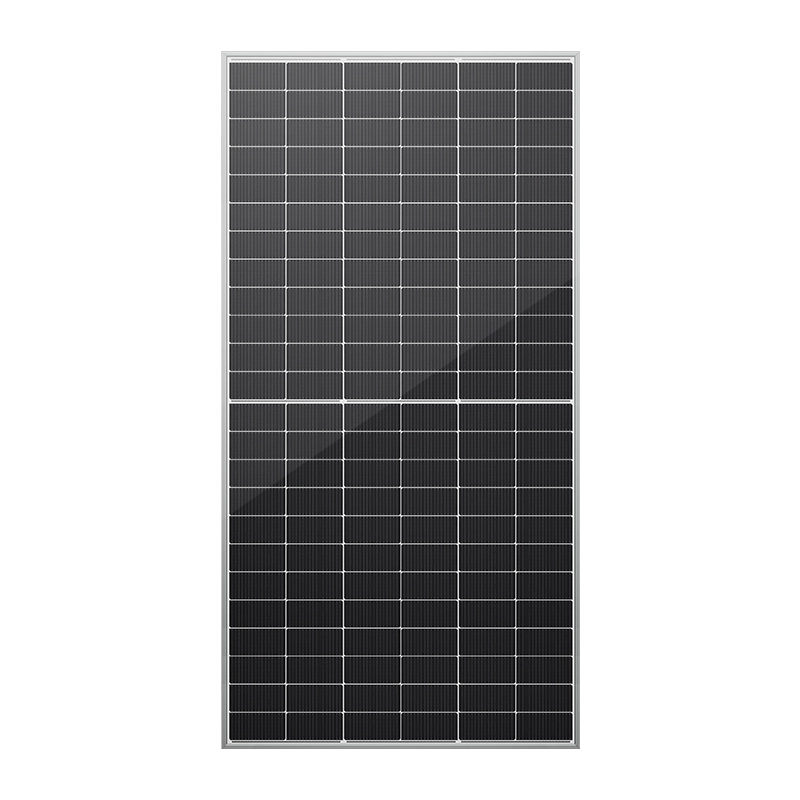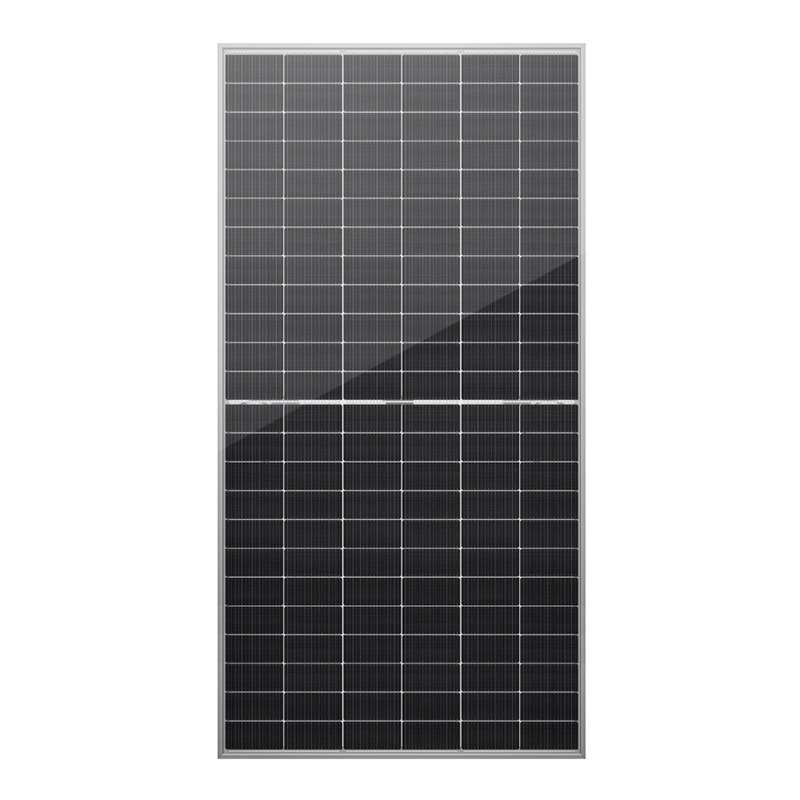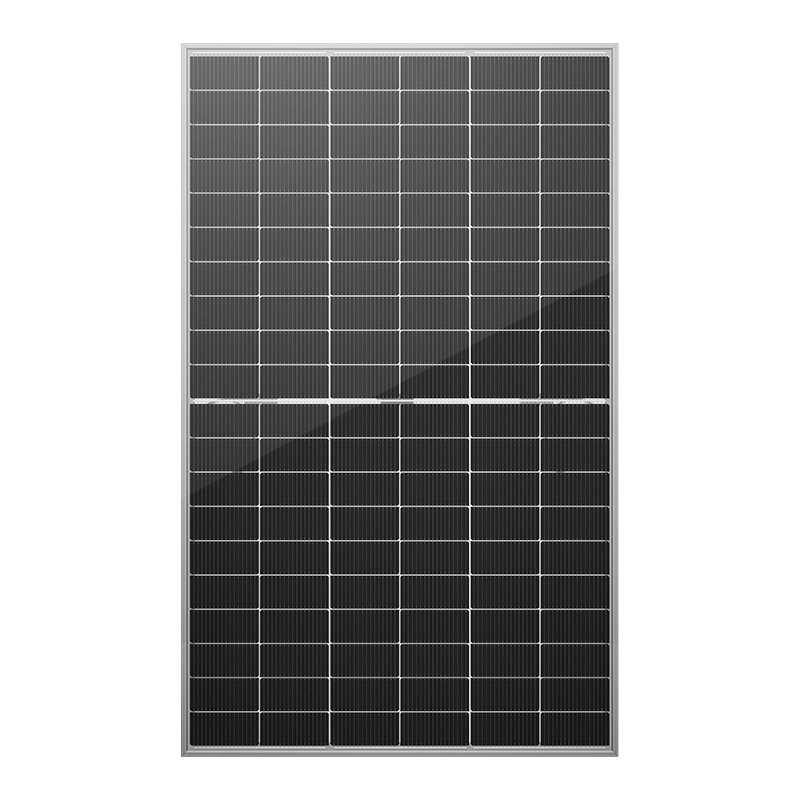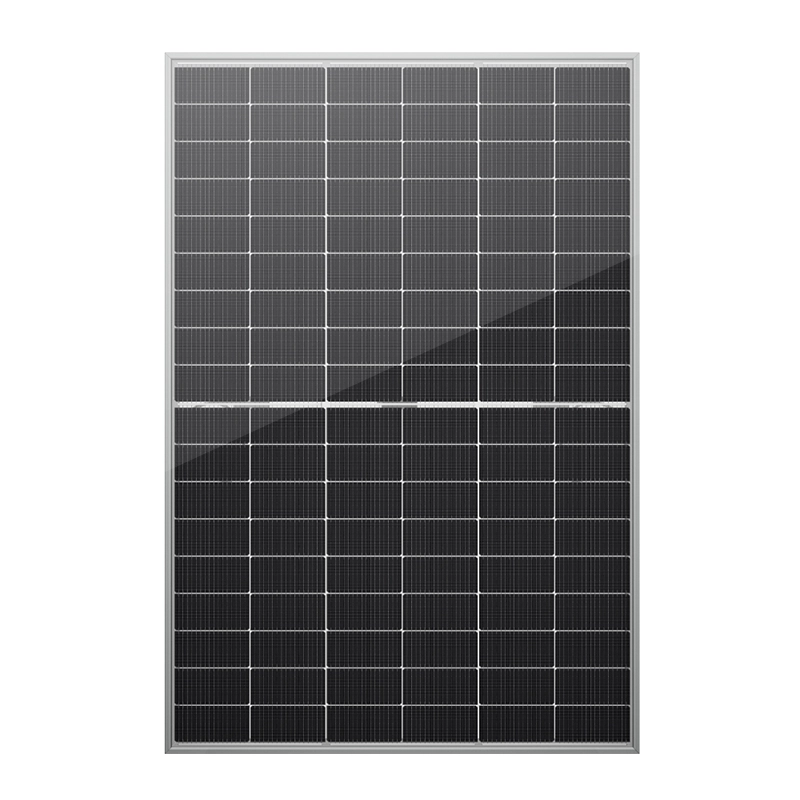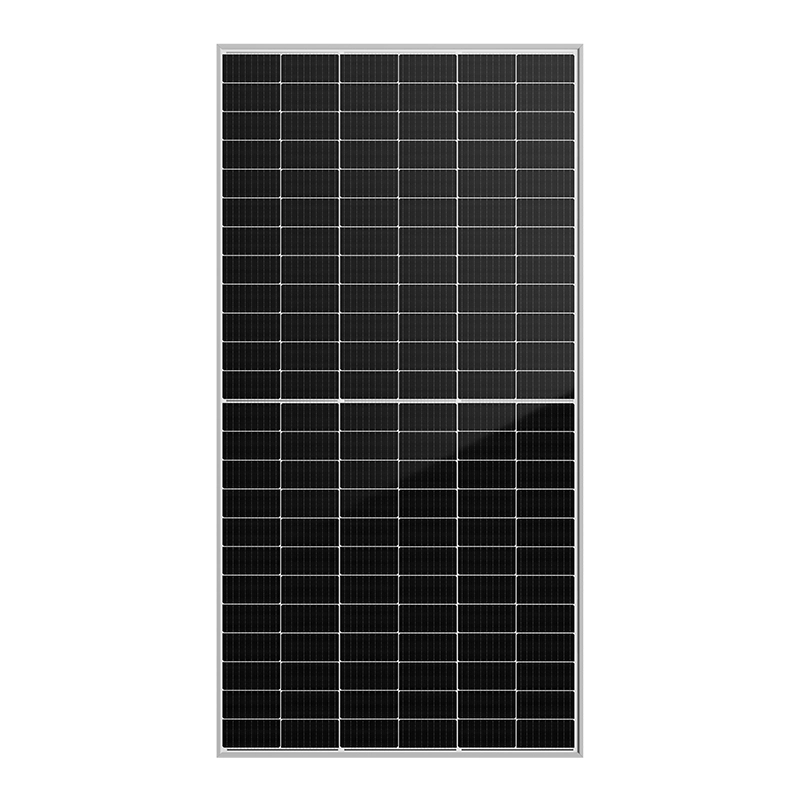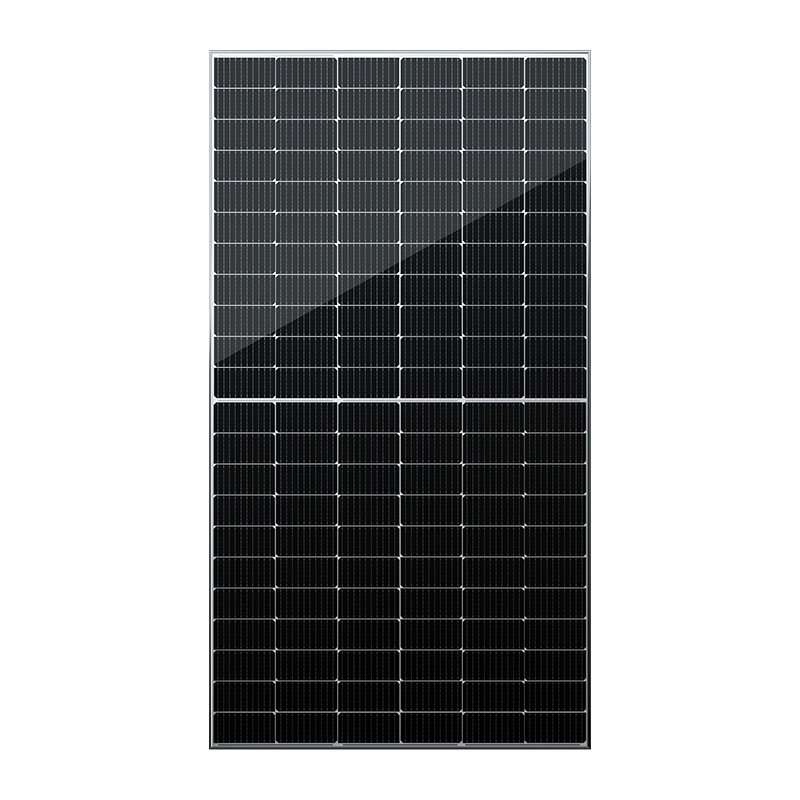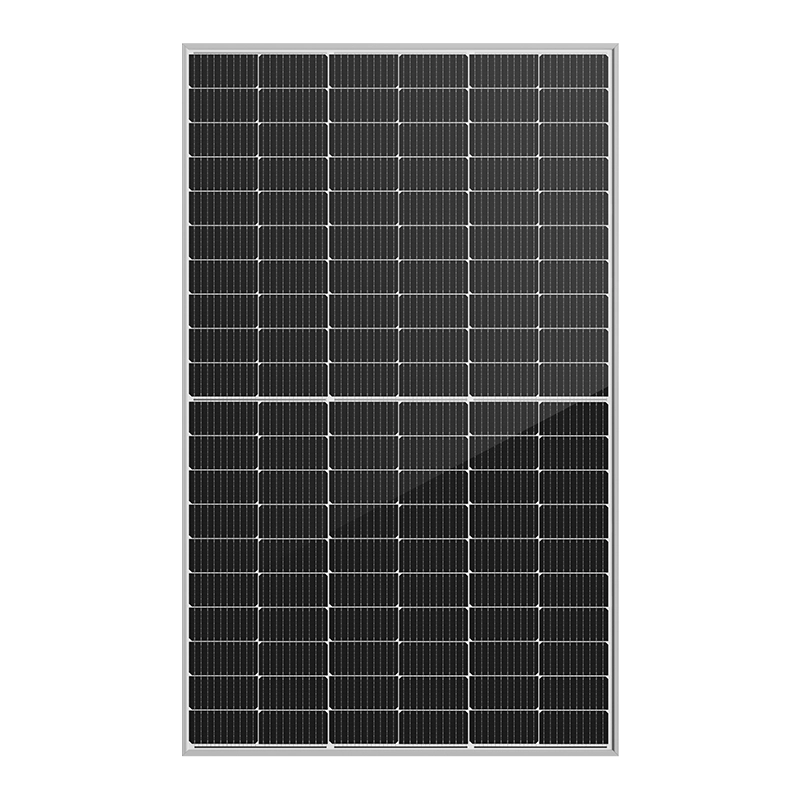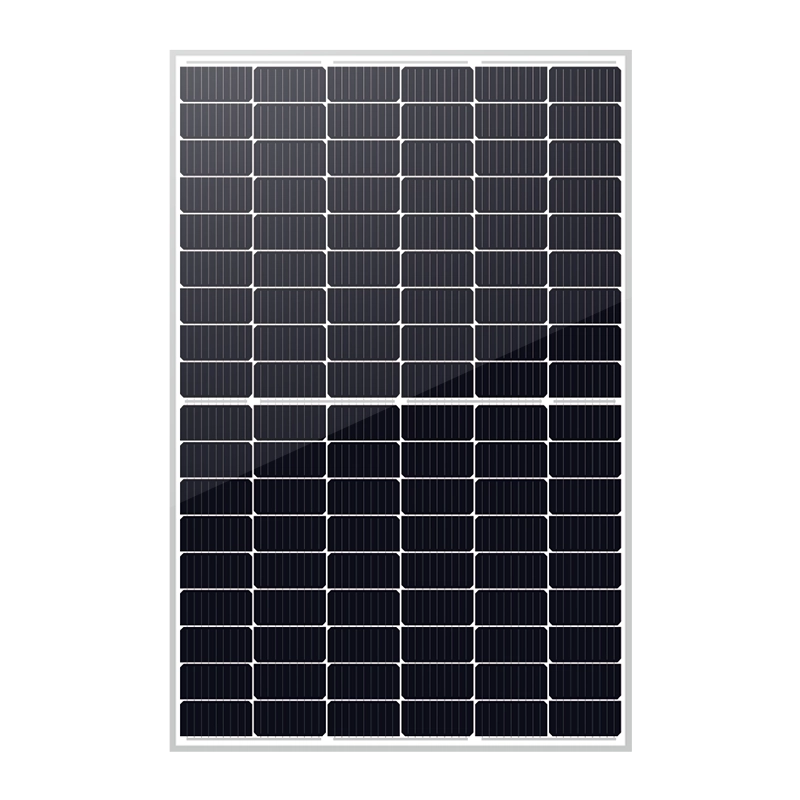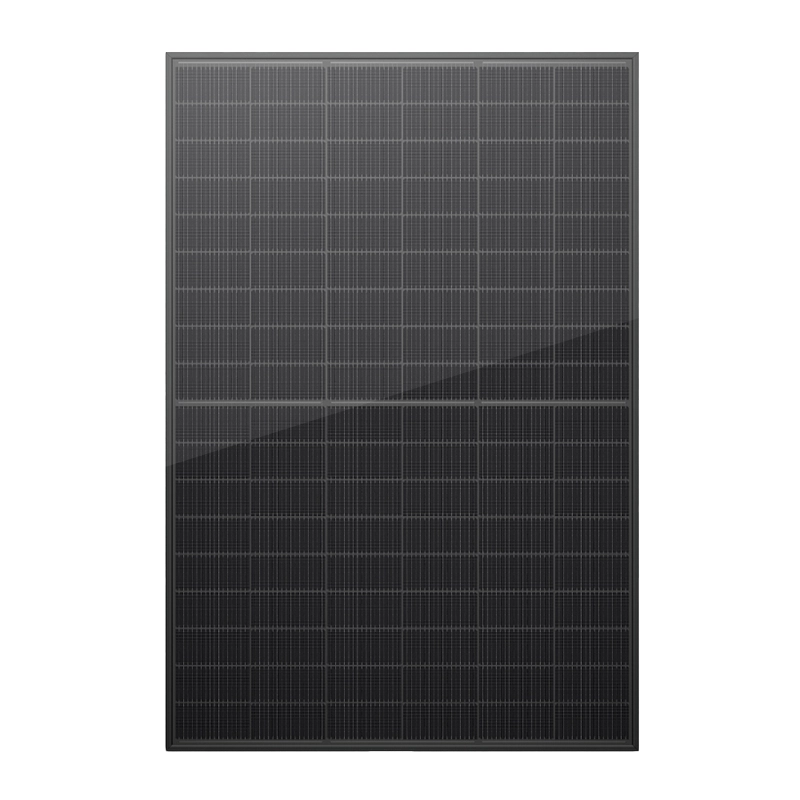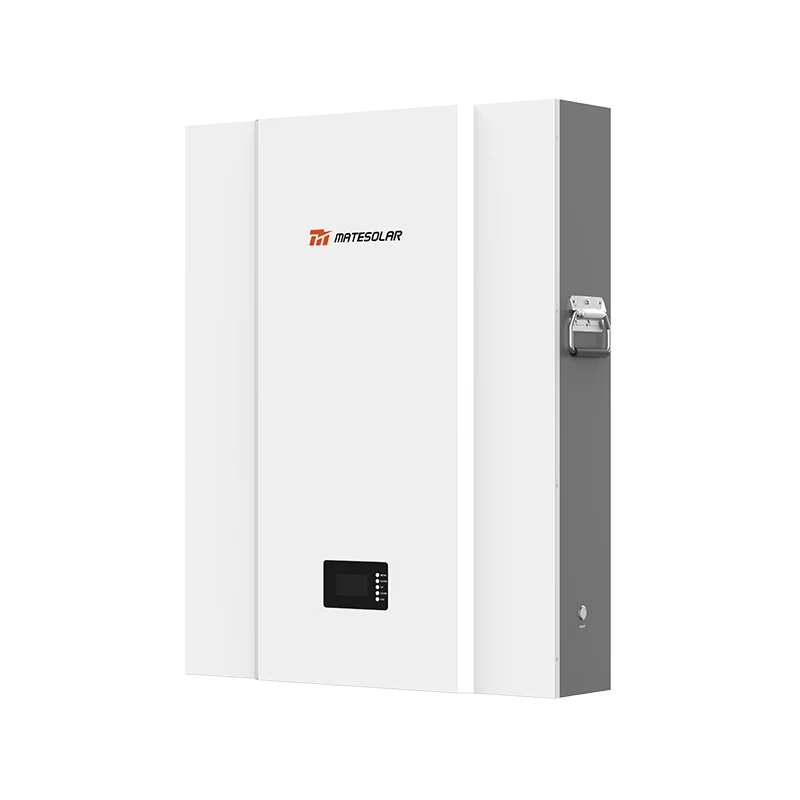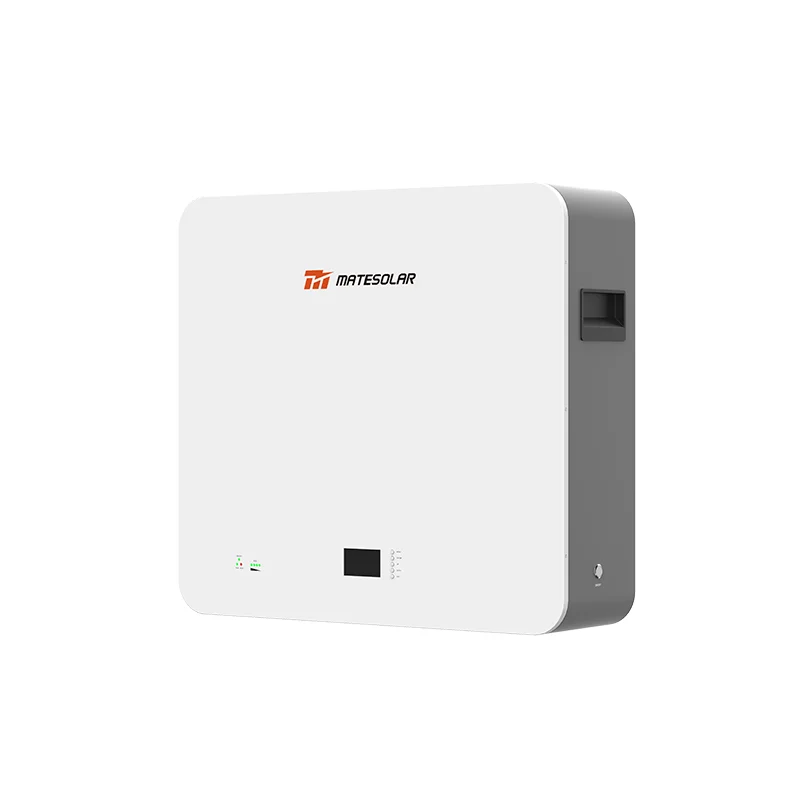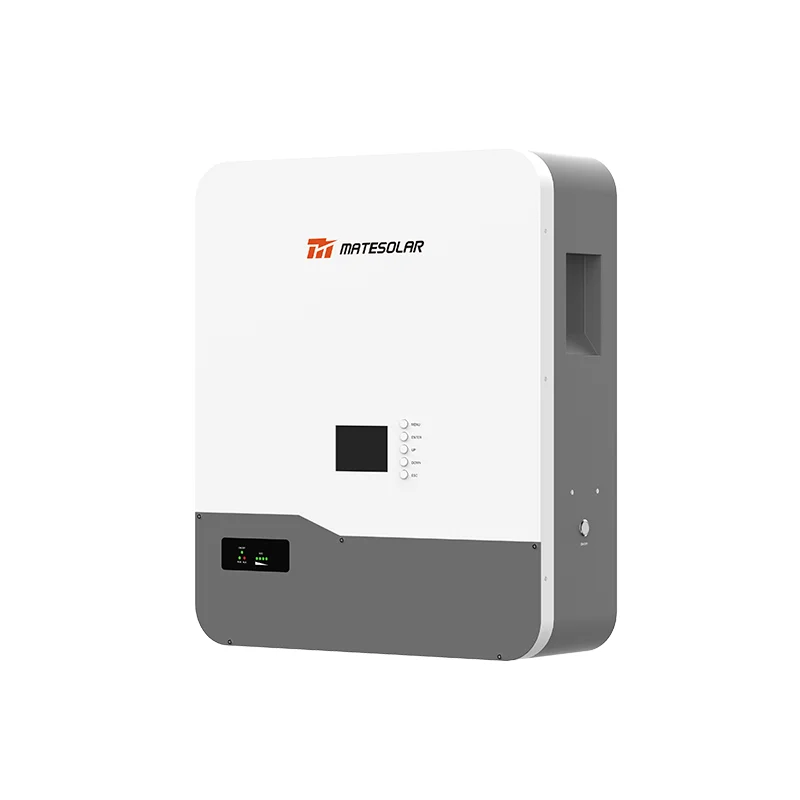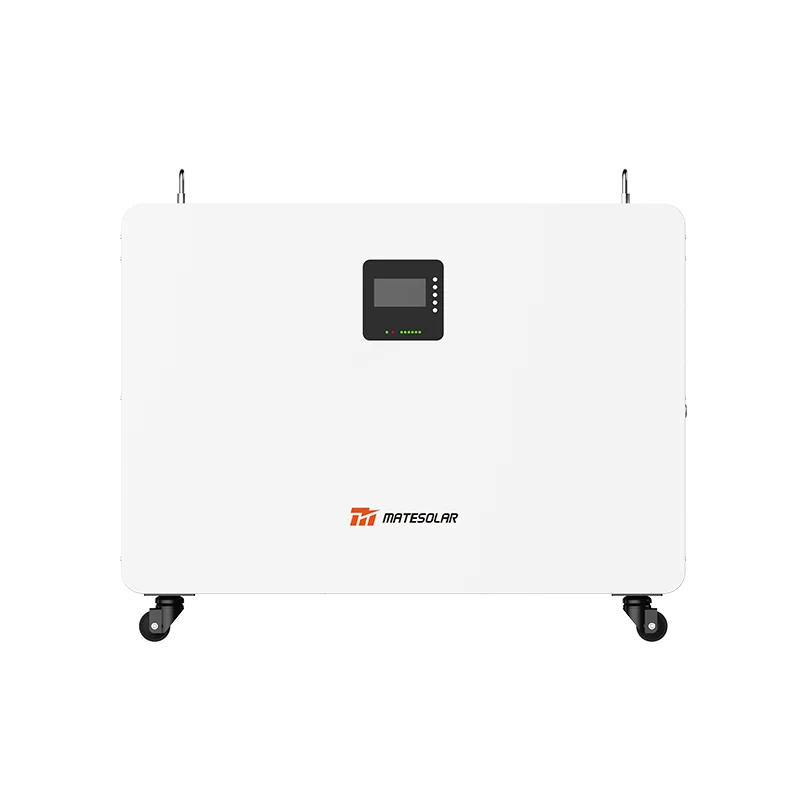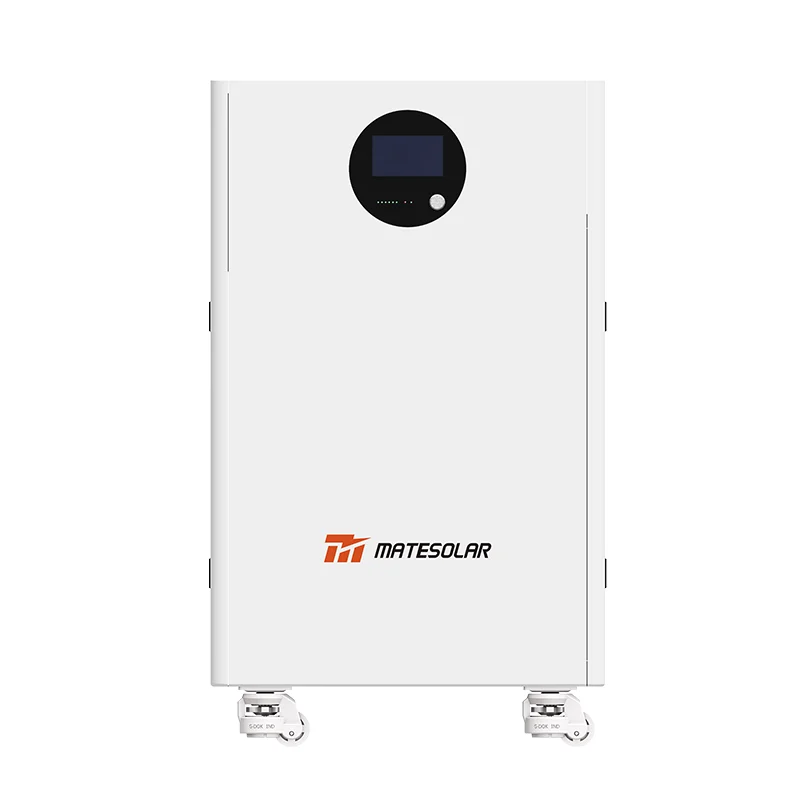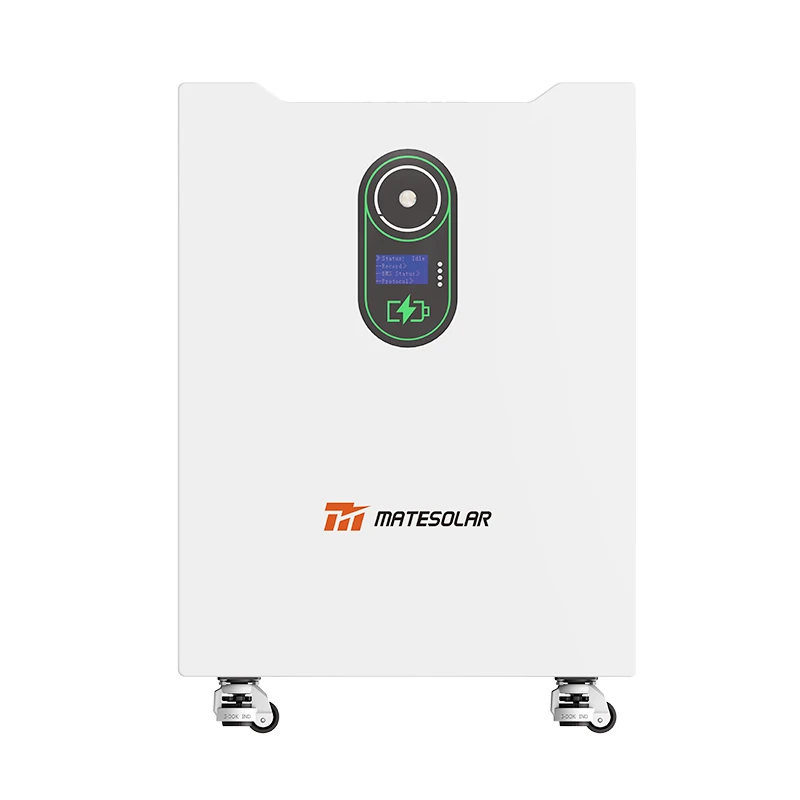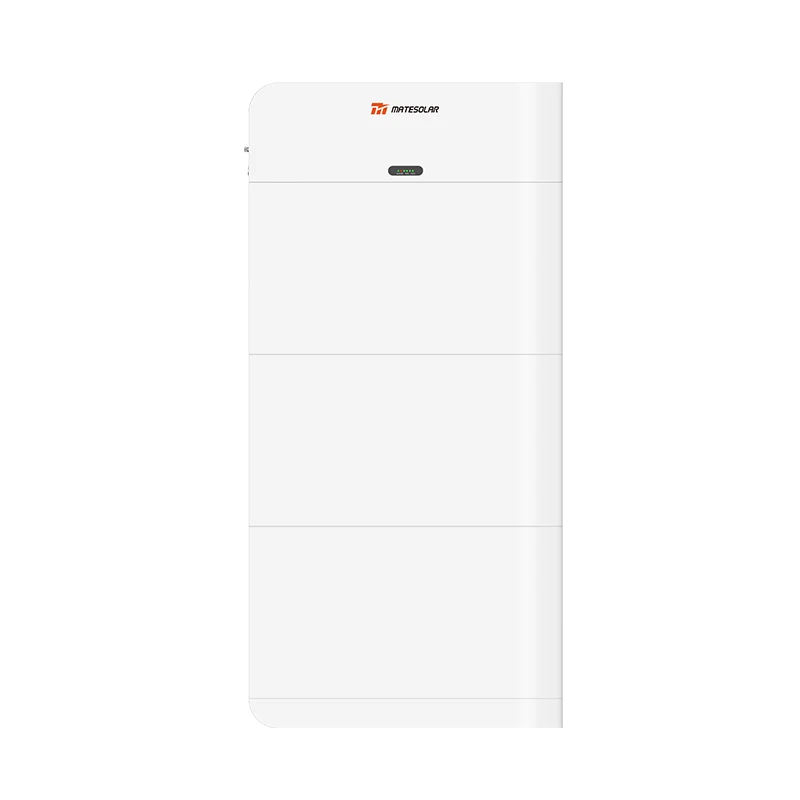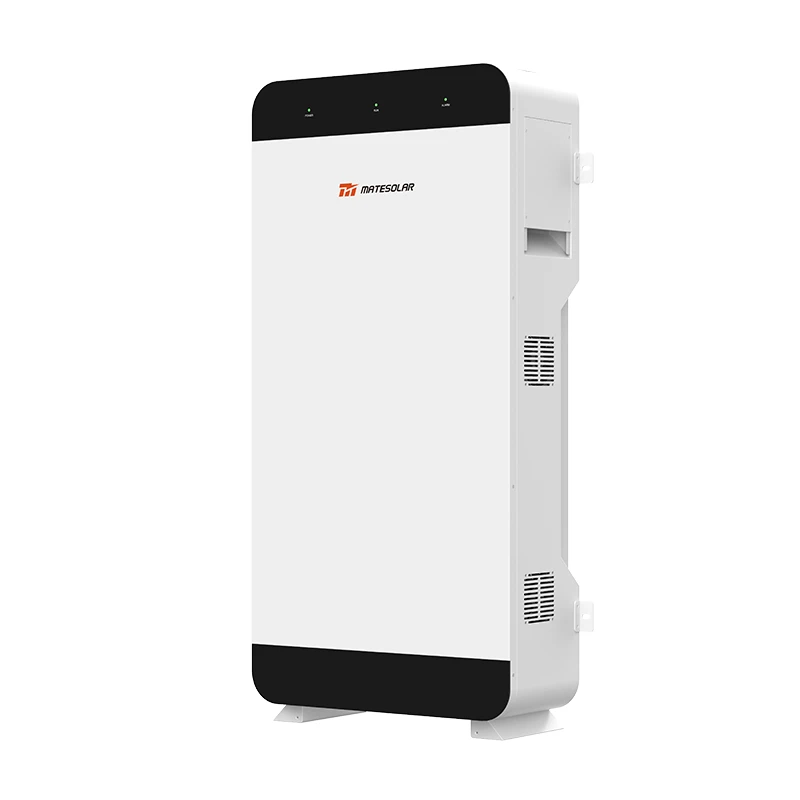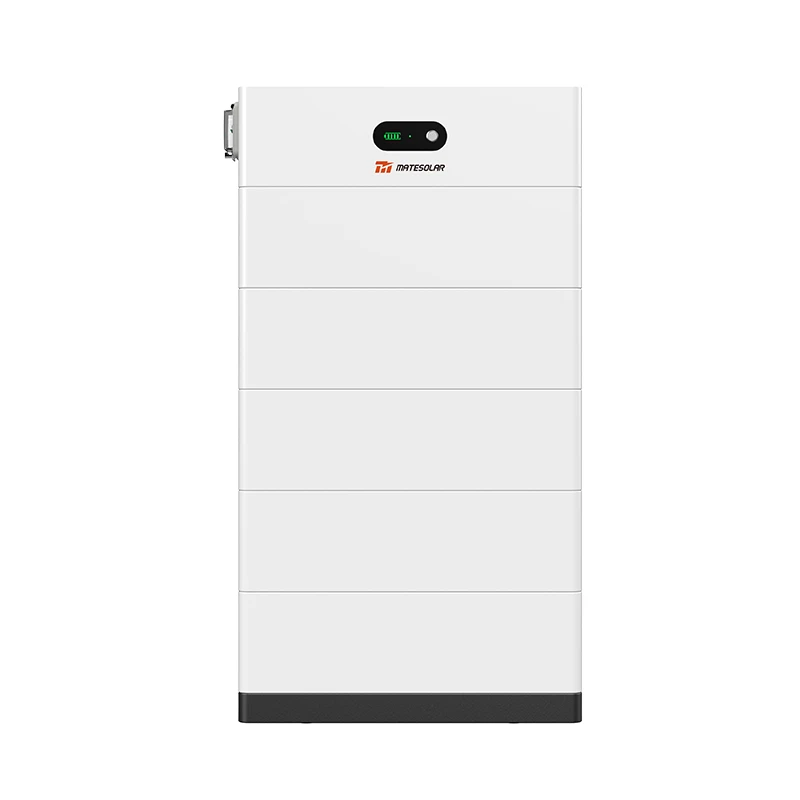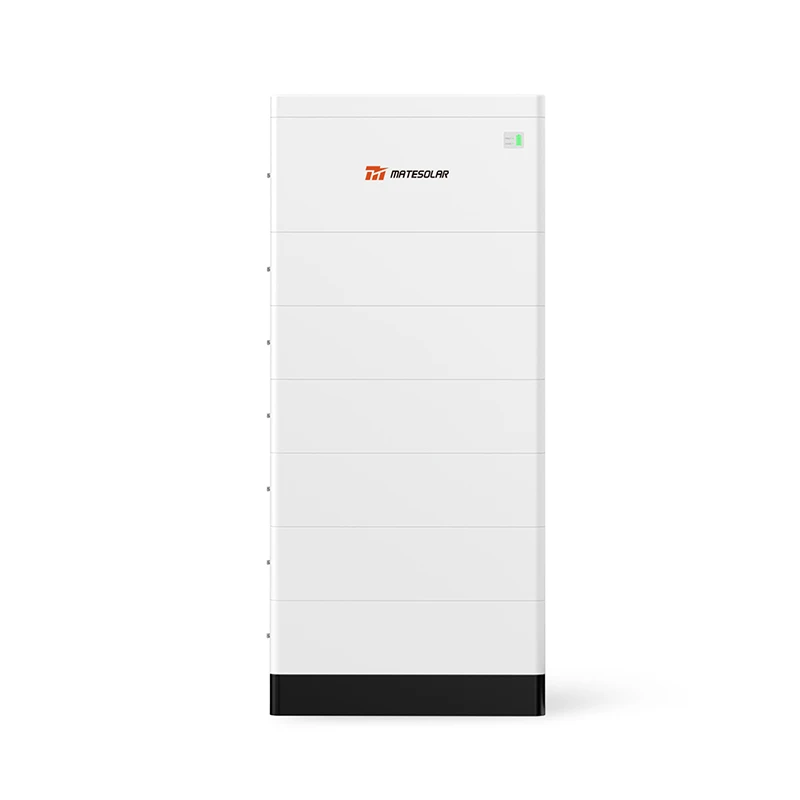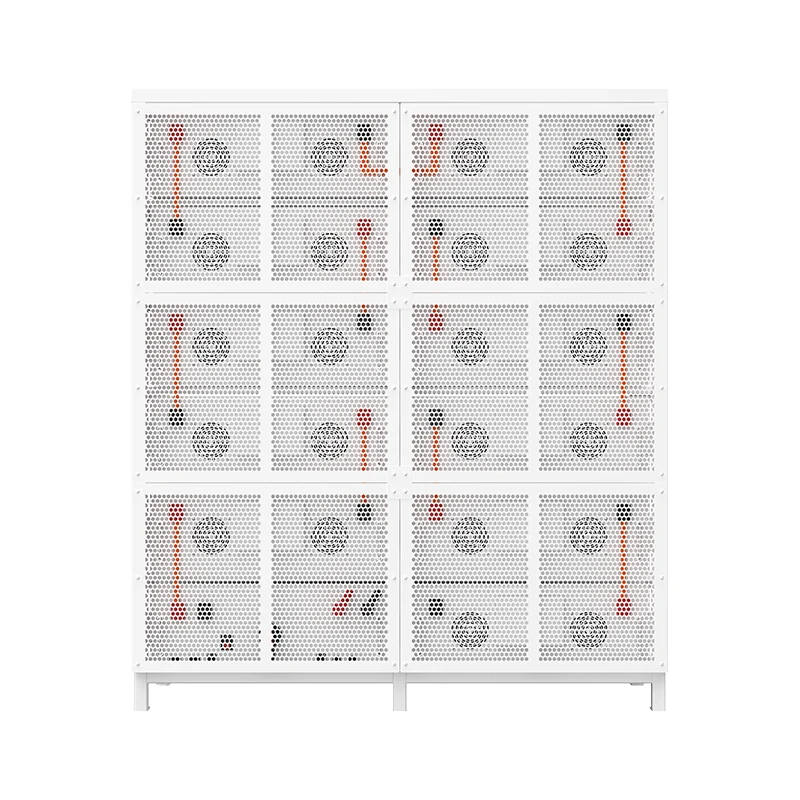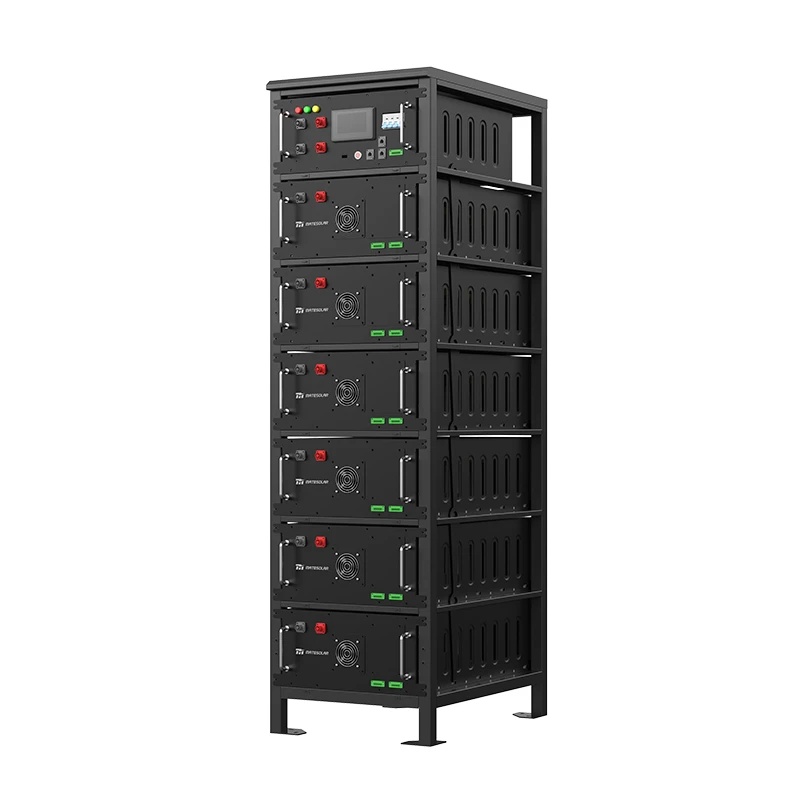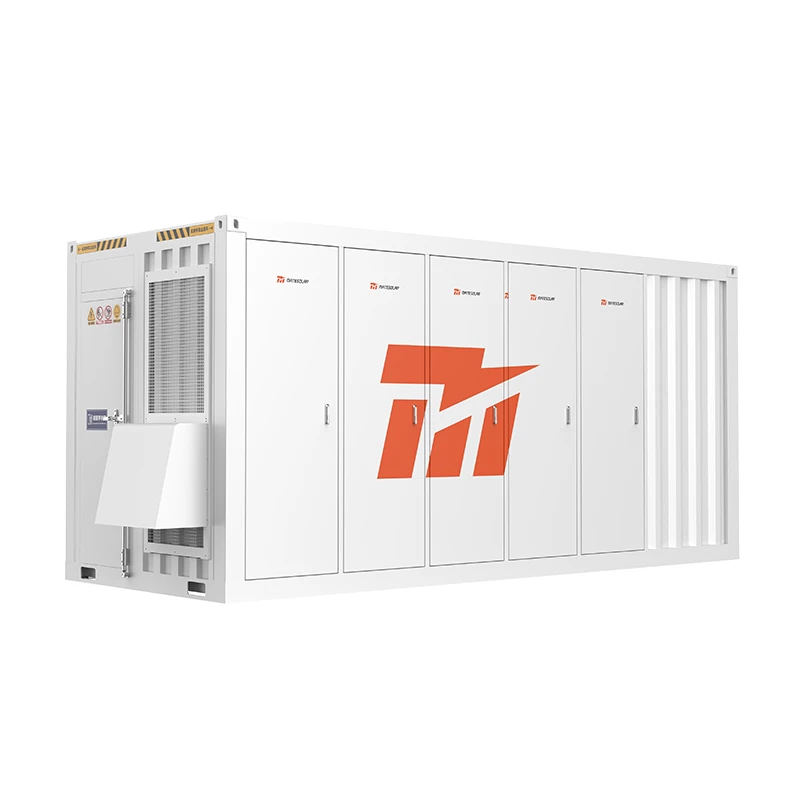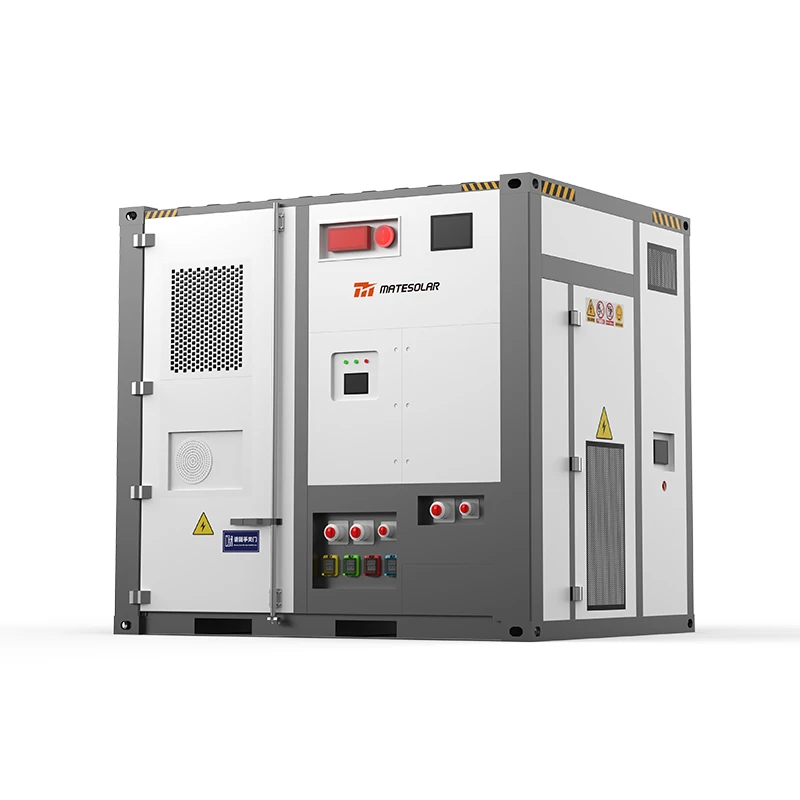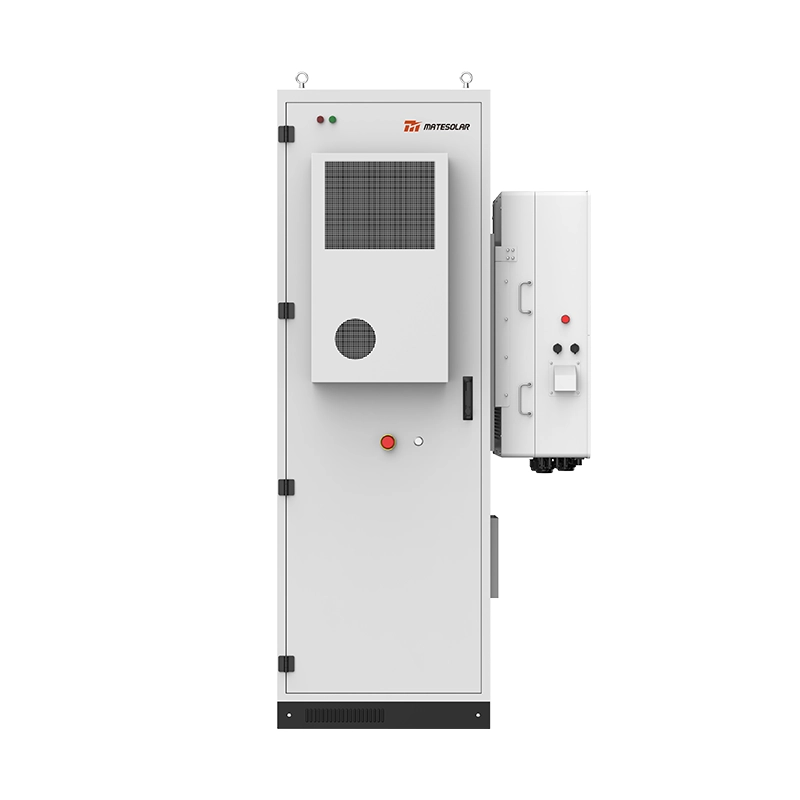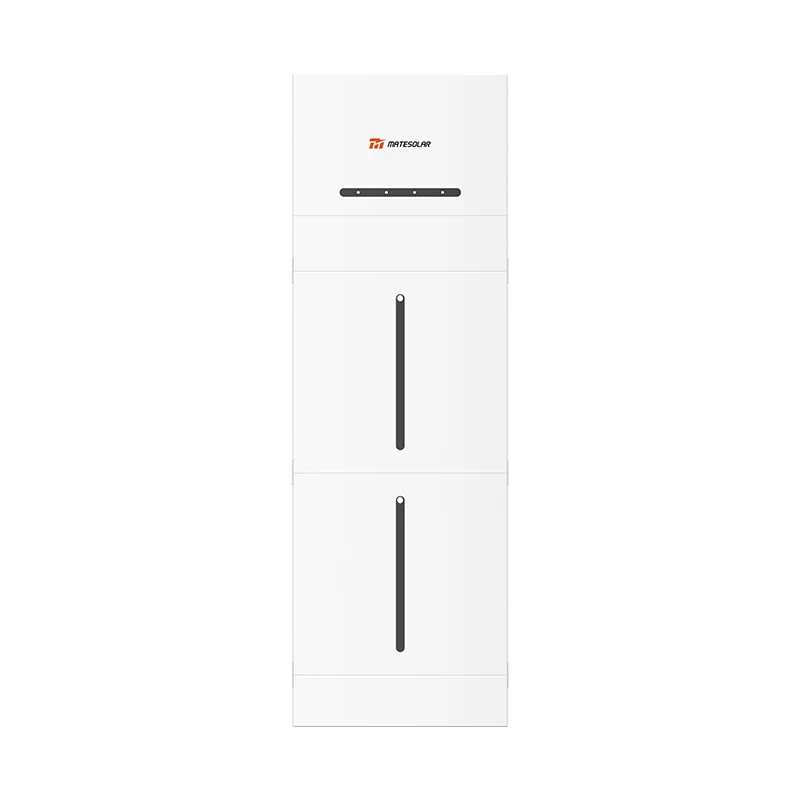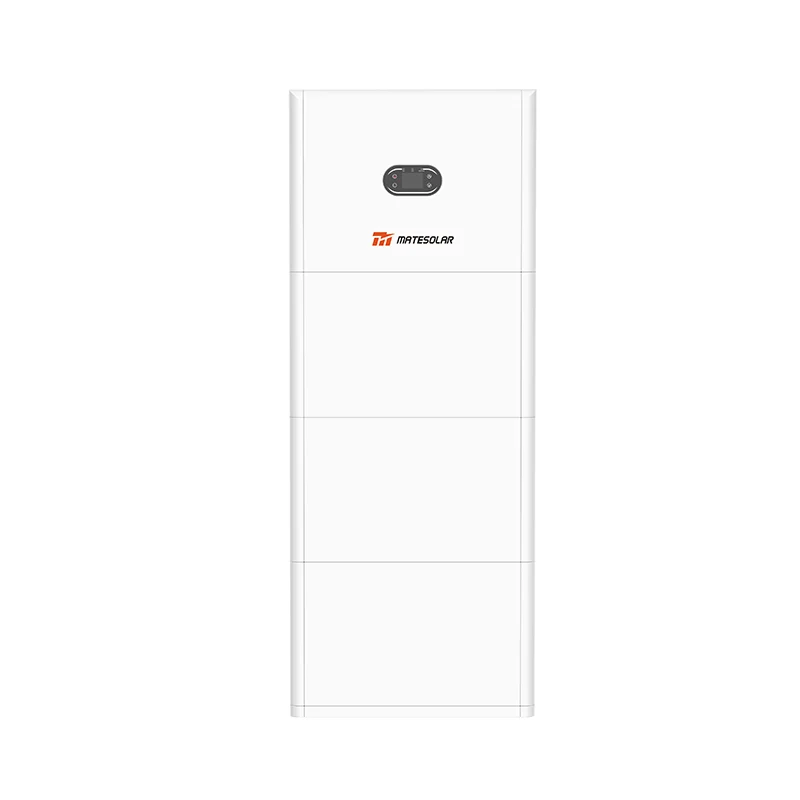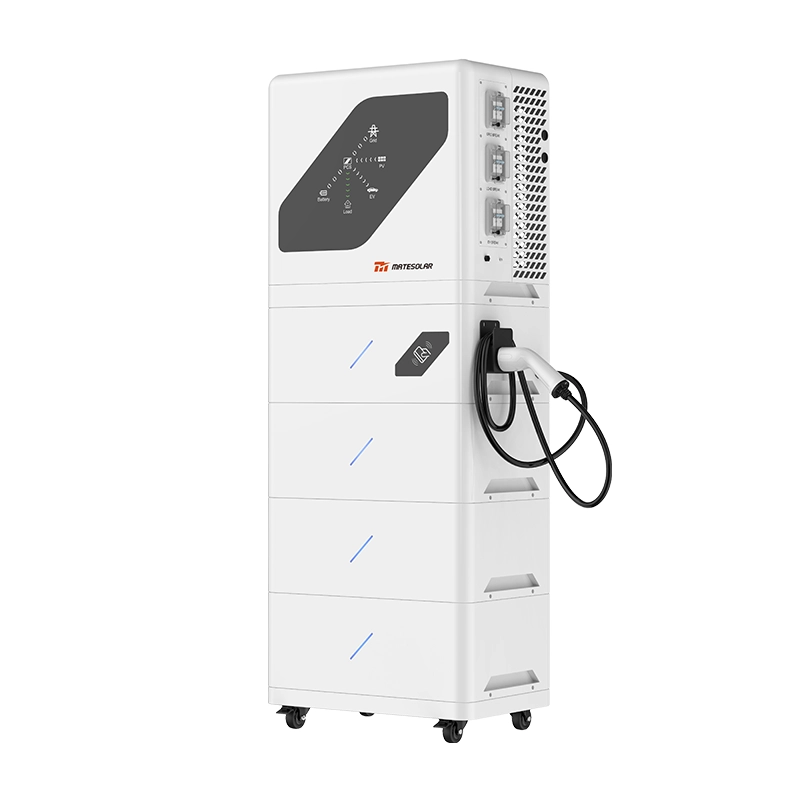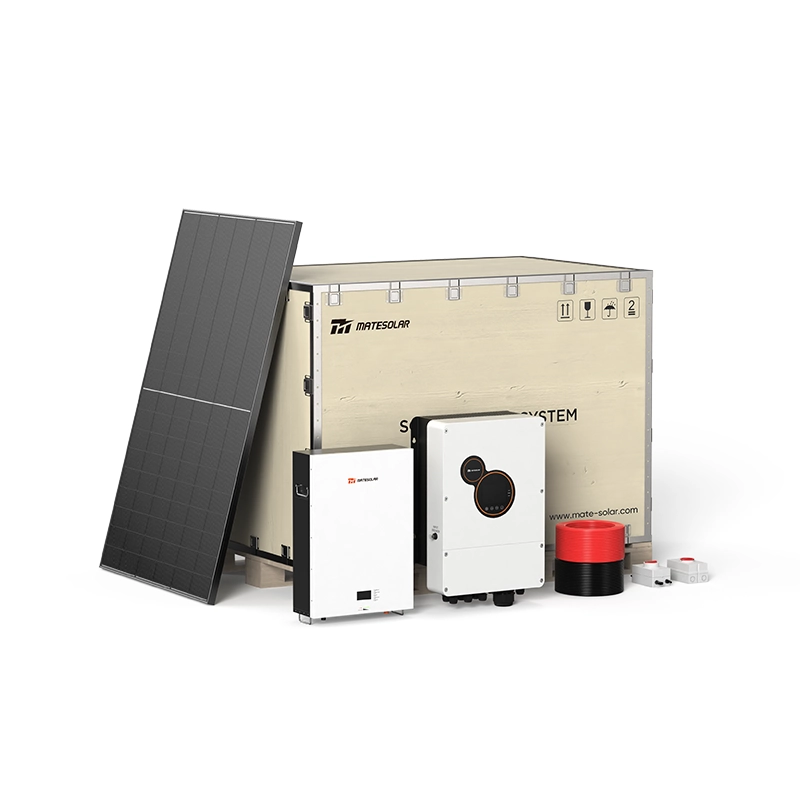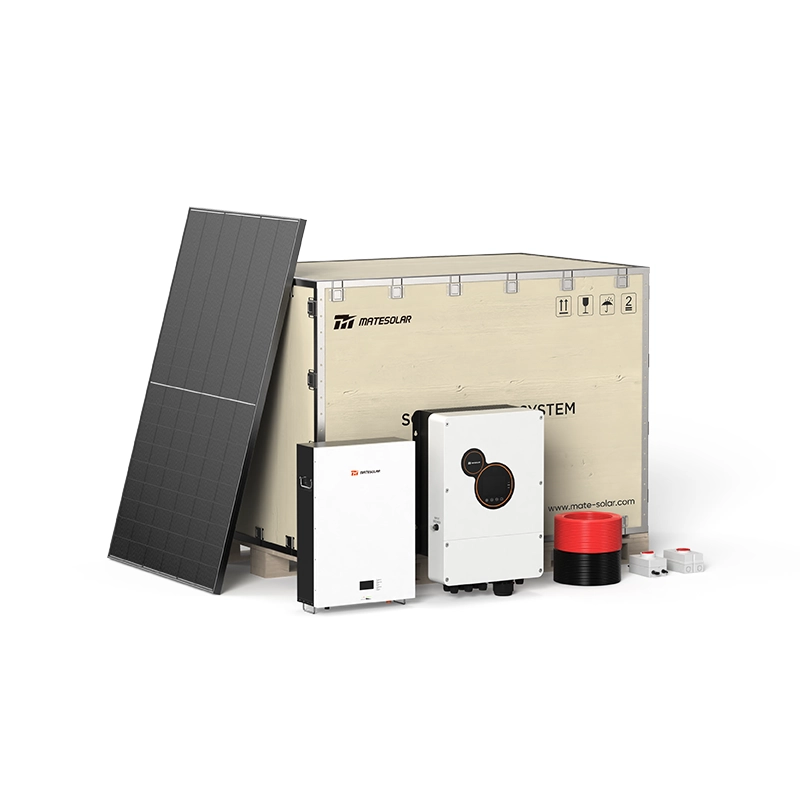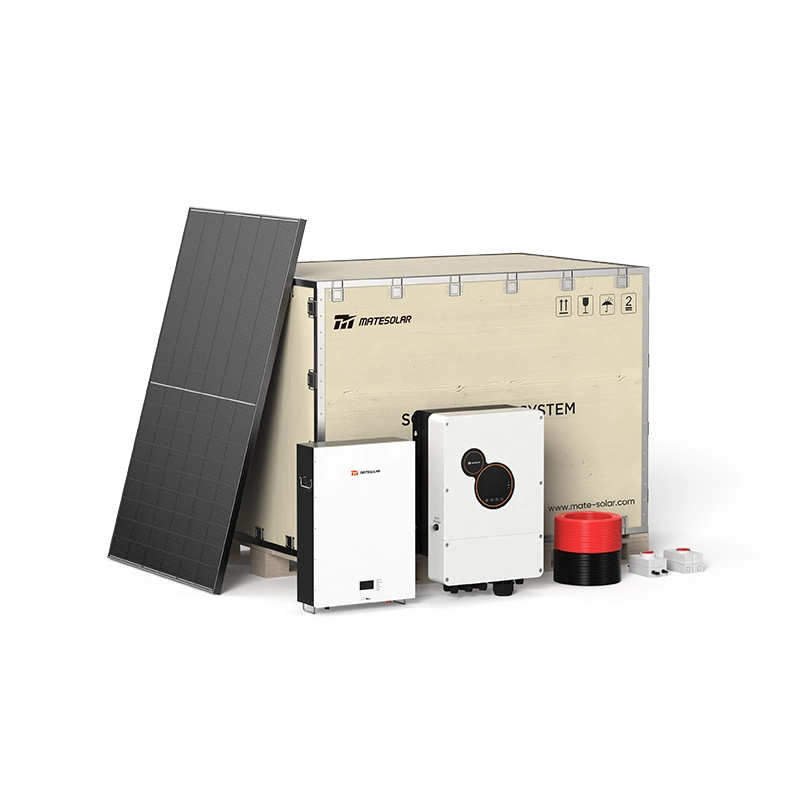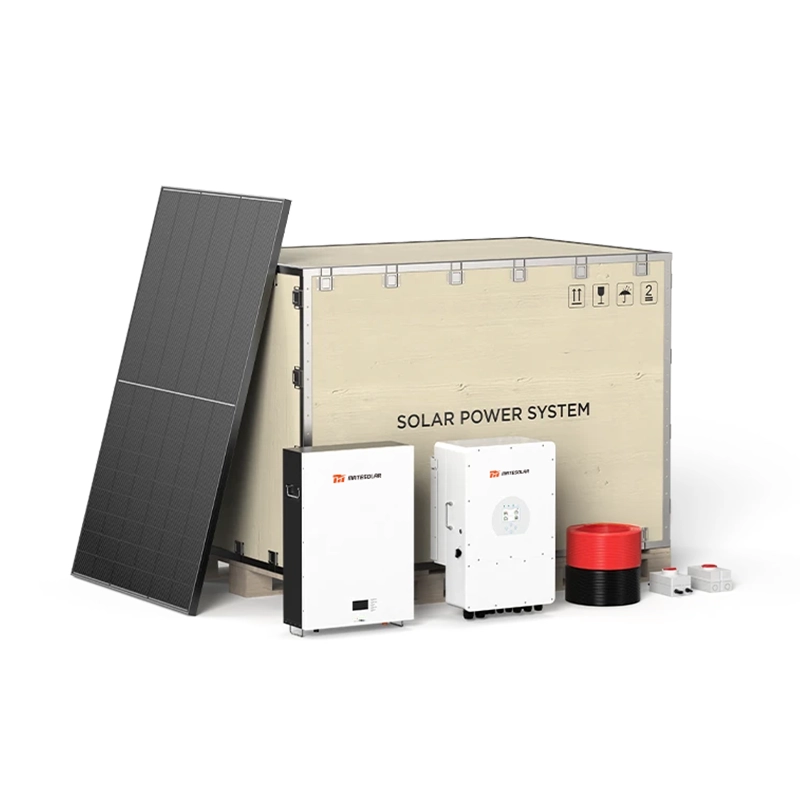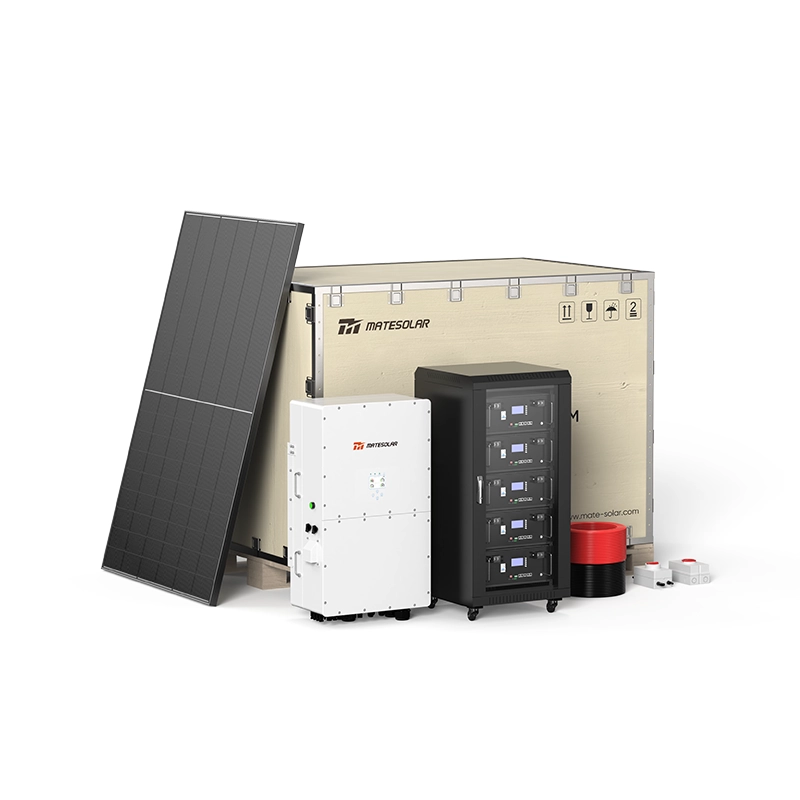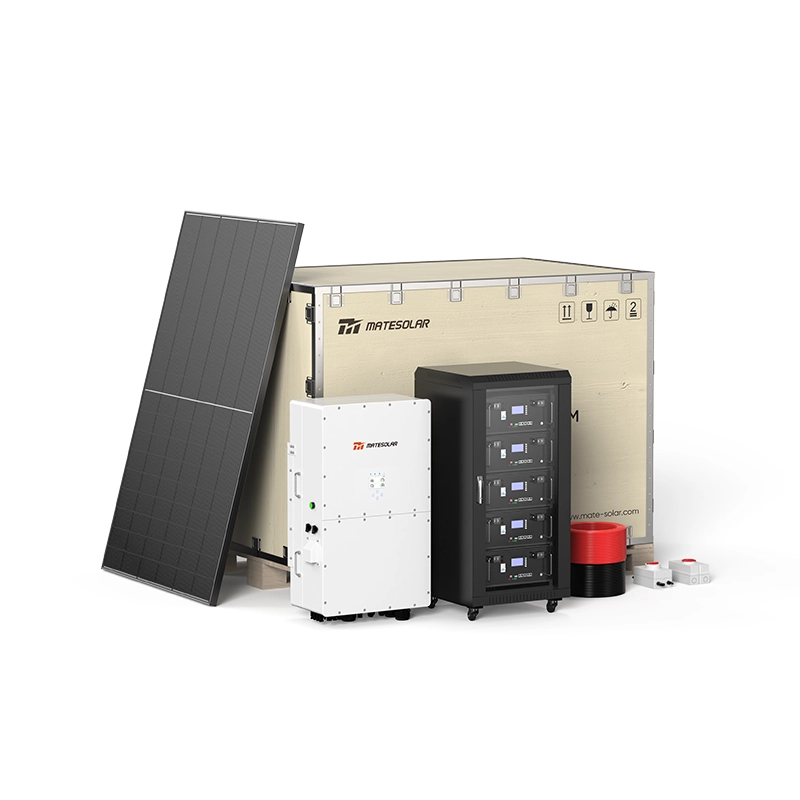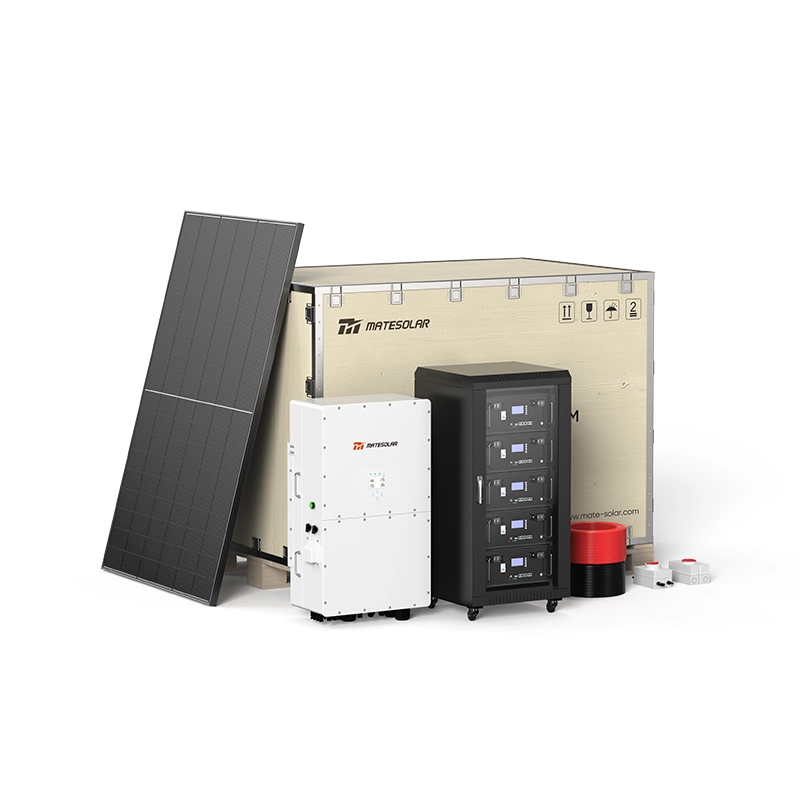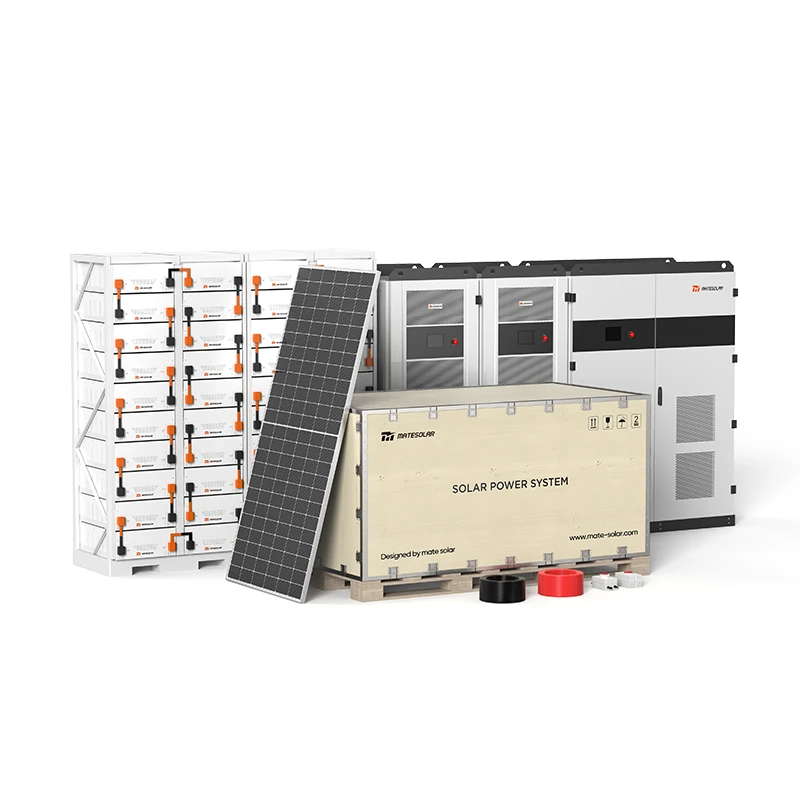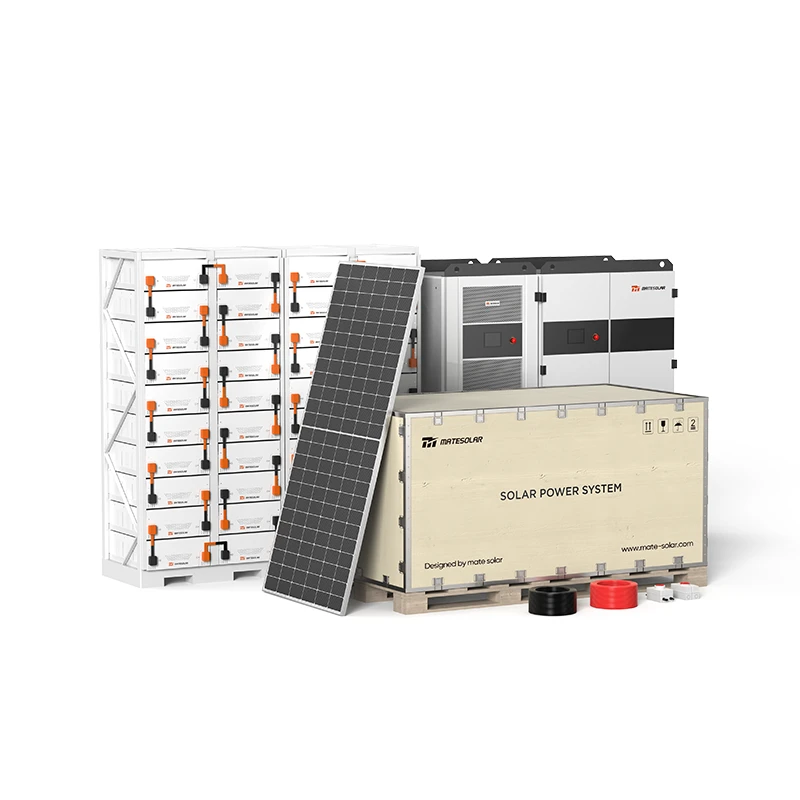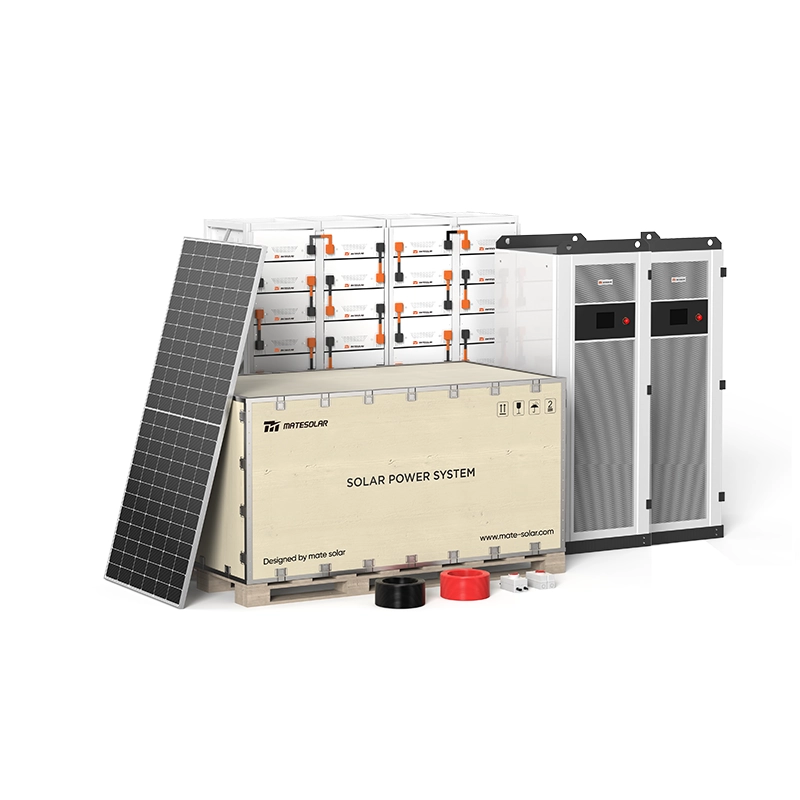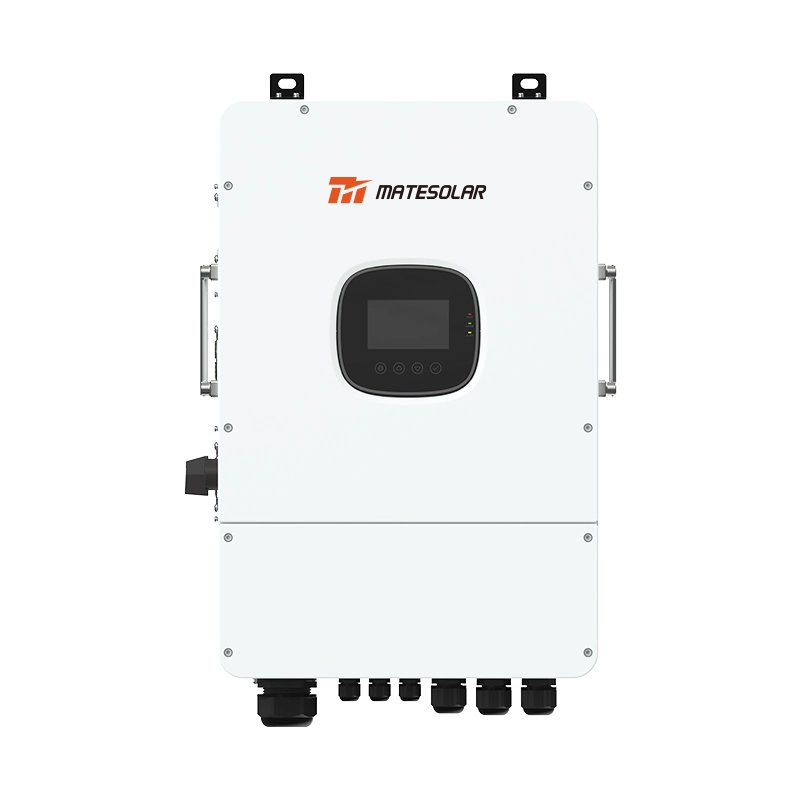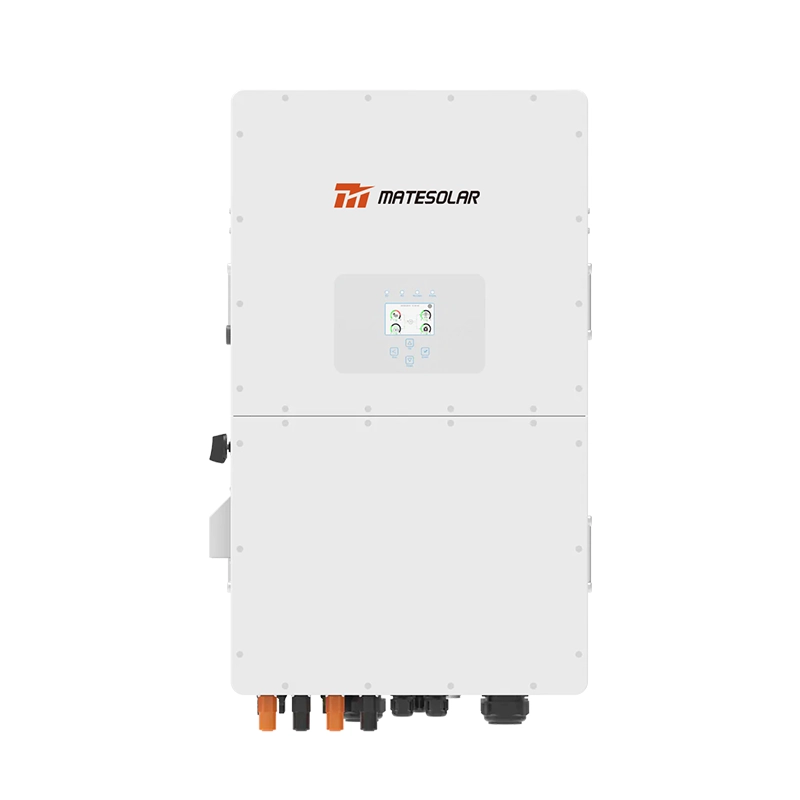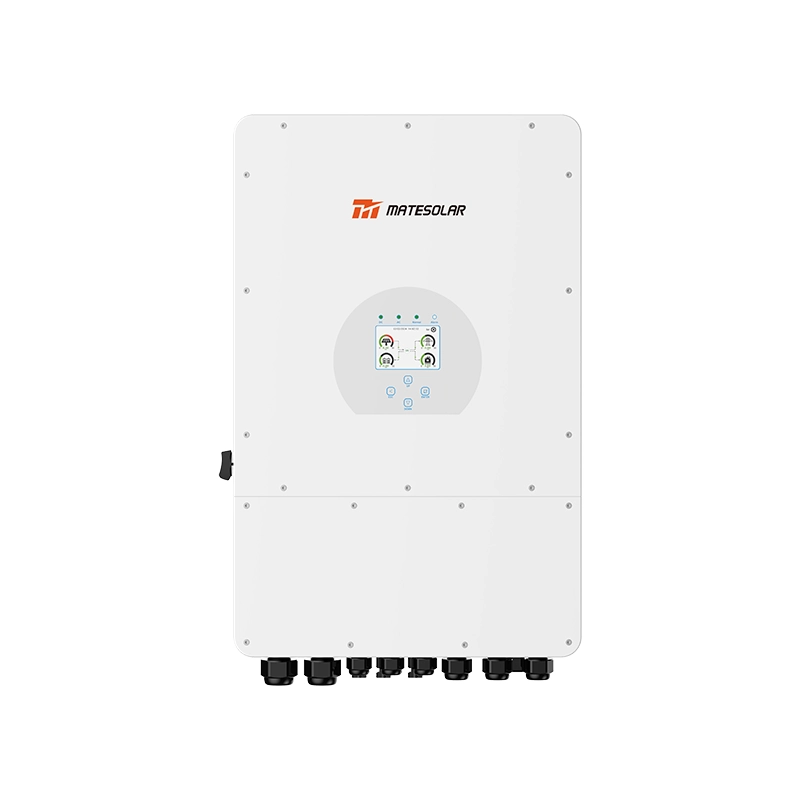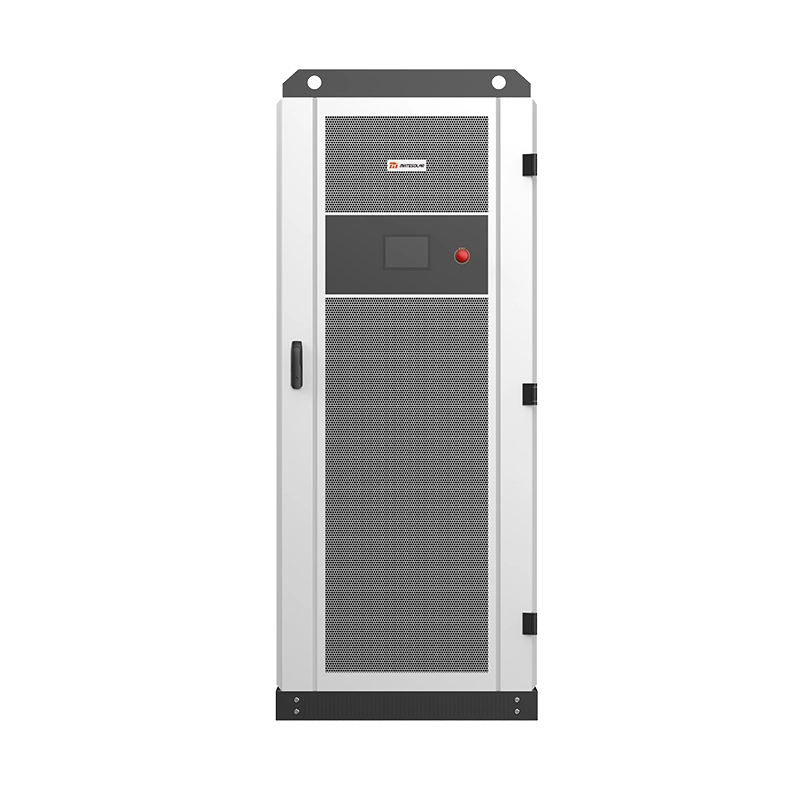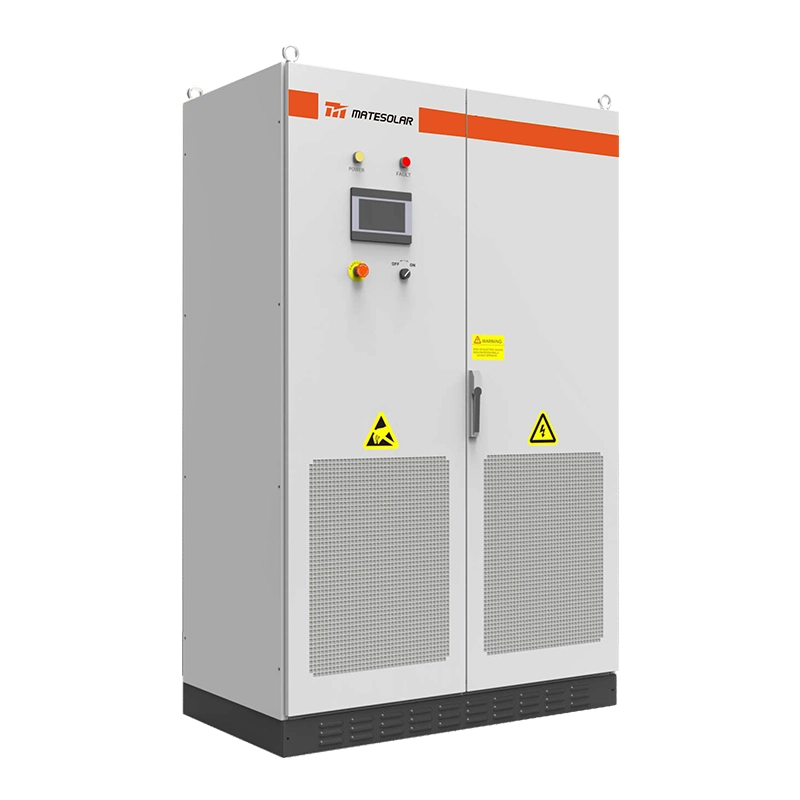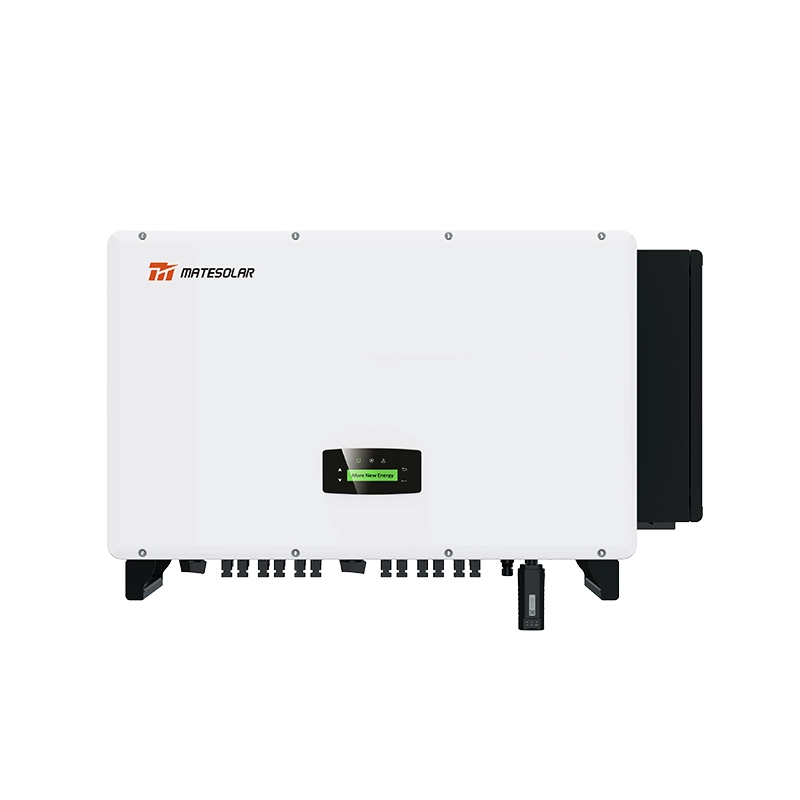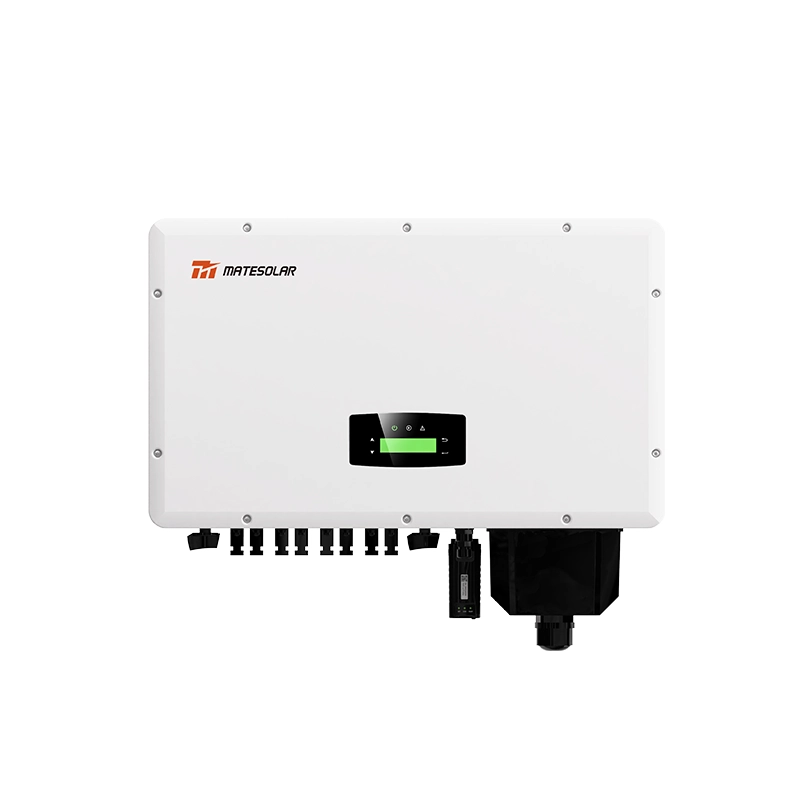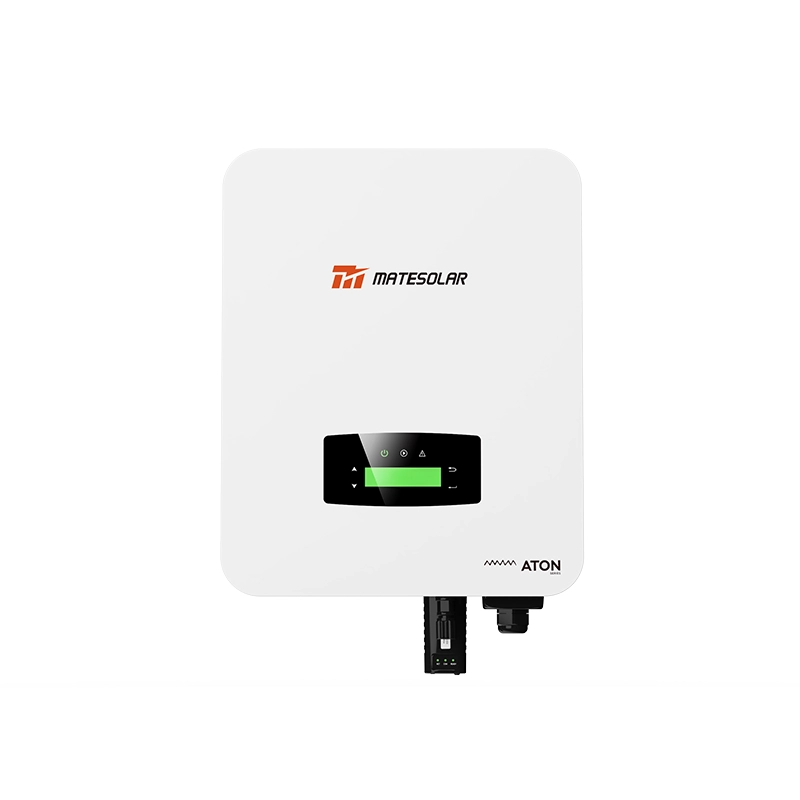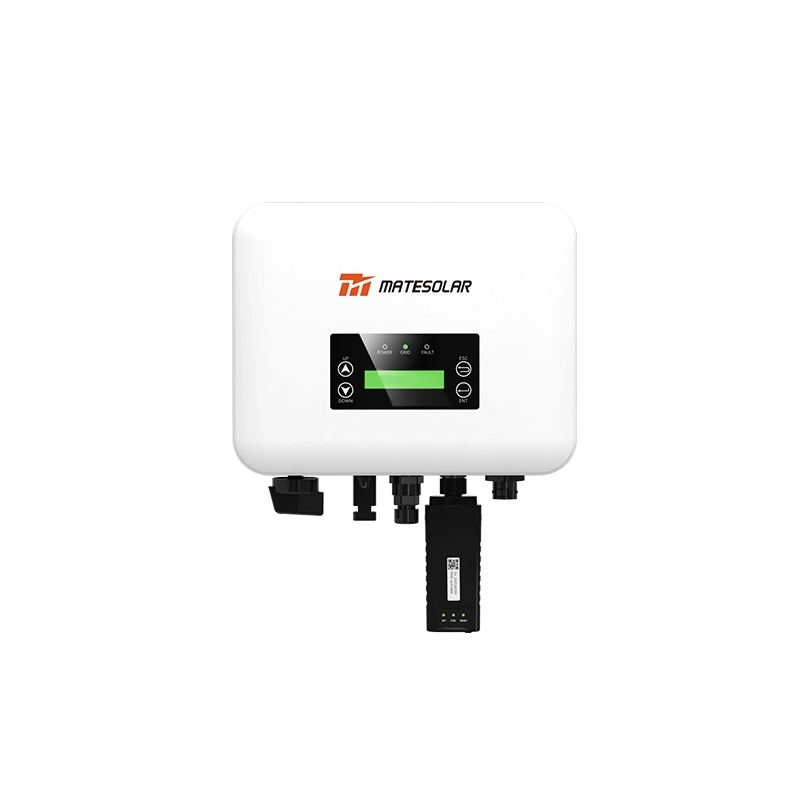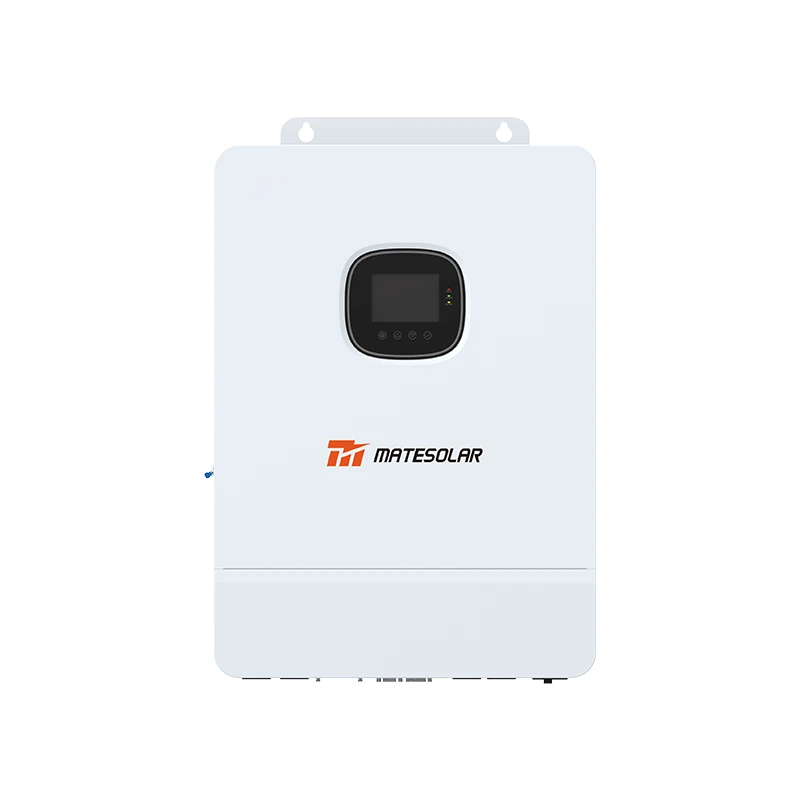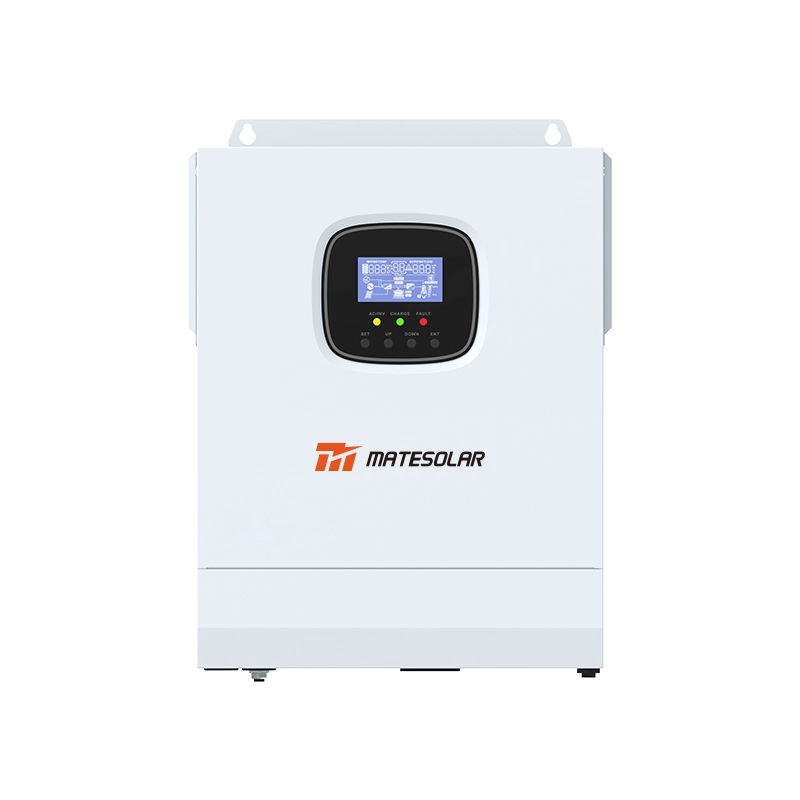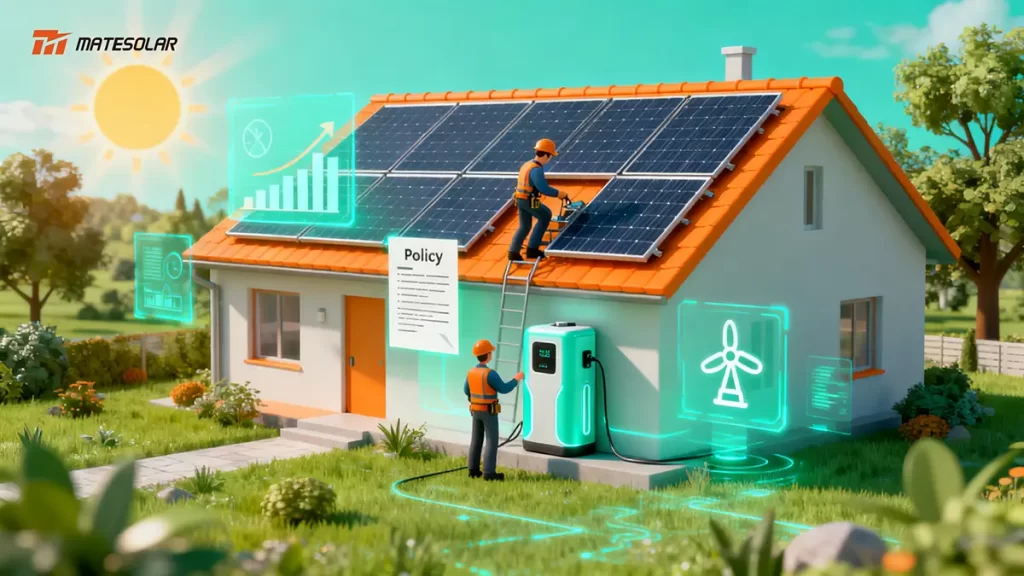
Introduction: The Rise of Integrated Solar-Plus-Storage Solutions
In 2025, the global energy landscape is undergoing a transformative shift as solar photovoltaic (PV) systems integrated with energy storage solutions evolve from "alternative energy" to "mainstream power source." This transition is driven by declining technology costs, increasing electricity prices, and supportive government policies worldwide. The previous era of "low-price competition" and irrational market behavior is gradually giving way to competition centered on system value and comprehensive capabilities.
The integration of solar with storage technologies addresses a fundamental challenge of solar power—its intermittency. By storing excess solar energy for use when the sun isn't shining, these systems provide greater energy independence, enhanced grid resilience, and improved economic returns for both residential and commercial energy consumers.
This comprehensive guide examines the crucial considerations for selecting, installing, and benefiting from solar-plus-storage systems in 2025, with detailed analysis of current technologies, installation methodologies, and the evolving policy landscape that is reshaping how we produce, store, and consume electricity.
Part 1: 2025 Solar-Plus-Storage System Selection Guide
Key Technological Considerations for Component Selection
Selecting the right components for a solar-plus-storage system requires careful evaluation of several technical parameters that directly impact system performance, longevity, and return on investment.
Solar Panel Efficiency and Degradation
Modern solar panels available in 2025 typically offer efficiencies between 21-24%, with premium models reaching up to 26%. When selecting panels, consider not just initial efficiency but degradation rates—most quality panels guarantee 90% performance after 12 years and 85% after 25 years. Bifacial panels, which capture light from both sides, can yield up to 15% additional energy generation in appropriate installation environments.
Inverter Technology: The System's Brain
Inverters have evolved from simple conversion units to intelligent system managers. As noted by industry experts, "inverter as the system's 'intelligent central' and power bridge has evolved from a 'single log bridge' to a 'cloverleaf intersection,'" with leading manufacturers implementing "five-fold system value reconstruction" that delivers "all-weather economy, full-scenario reliability, full-link safety, full-cycle intelligent maintenance, and full-network condition grid-forming integration."
For 2025 systems, consider:
- String Inverters: Ideal for uniform roof planes without shading
- Microinverters: Optimal for complex roofs with multiple orientations or shading issues
- Hybrid Inverters: Specifically designed for solar-plus-storage applications with built-in energy management
Battery Storage: Capacity, Power, and Longevity
The energy storage component requires careful sizing based on your specific energy consumption patterns, backup requirements, and economic objectives.
Table: Comparison of 2025 Mainstream Battery Technologies
| Technology | Energy Density | Cycle Life | Round-trip Efficiency | Optimal Application |
| LFP (Lithium Iron Phosphate) | 150-200 Wh/kg | 4,000-6,000 cycles | 95-98% | Whole-home backup, daily cycling |
| NMC (Lithium Nickel Manganese Cobalt) | 200-300 Wh/kg | 2,000-3,000 cycles | 95-98% | Compact spaces, high-power needs |
| Solid-state (Emerging) | 300-400 Wh/kg | 1,000-2,000 cycles (early) | 95-99% | Premium applications, safety-critical |
According to 2025 Energy Code requirements in leading markets like California, battery storage systems must demonstrate "single charge-discharge cycle AC to AC (round-trip) efficiency greater than 80%" and "maintain 70% of nameplate capacity after 4,000 cycles or within a 10-year warranty period." These specifications provide a helpful baseline for evaluating battery quality regardless of your location.
Sizing Your Solar-Plus-Storage System
Proper system sizing ensures optimal performance and maximizes return on investment. The approach differs significantly between residential and commercial applications.
Residential System Sizing
For homeowners, system sizing begins with analyzing annual energy consumption (available from utility bills), peak demand patterns, and critical load requirements during grid outages. The general formula for estimating daily solar production is:
System Size (kW) × Peak Sun Hours × Efficiency Factor = Daily Production (kWh)
The battery capacity should be sized to cover evening energy consumption (typically 4-8 hours) plus critical loads during outages (typically 1-3 days of autonomy for essential circuits).
Commercial and Industrial System Sizing
For businesses, system sizing incorporates additional factors including:
- Time-of-Use rate optimization
- Demand charge management
- Backup power requirements for critical operations
- Sustainability goals and carbon reduction targets
Larger commercial systems like the 150KW Commercial Hybrid Solar System are designed specifically for small and medium-sized enterprises or industrial parks, offering scalable architecture that can grow with your business needs while providing substantial savings through peak shaving and energy arbitrage.
The Platform Approach: Future-Proofing Your Investment
In 2025, the industry is shifting from standardized products to platform-based solutions that offer greater flexibility and scalability. As one industry expert noted, "Global energy storage demand shows diversified trends due to regional and scenario differences. Single standardized products can no longer meet multi-region, full-scenario market demands. Platformization is an inevitable path."
Platform-based systems like Huawei's Smart PV Solution offer integrated energy management, modular architecture for easy expansion, and smart O&M capabilities that reduce long-term operational costs. When evaluating systems, prioritize those with open APIs and interoperability that allow for integration of future technologies and easy expansion.
Part 2: Installation Best Practices and Technical Requirements
Pre-Installation Assessment
A comprehensive site assessment is crucial for optimal system performance. Key evaluation components include:
Structural Assessment
- Roof condition and loading capacity (for rooftop installations)
- Ground conditions and drainage (for ground-mounted systems)
- Available space for both solar arrays and storage equipment
- Access and clearance for maintenance activities
Electrical Infrastructure Evaluation
- Main panel capacity and potential upgrade requirements
- Existing grounding system adequacy
- Communication infrastructure for monitoring and control
- Grid connection requirements and interconnection agreements
Environmental Factors
- Solar access and shading analysis throughout the year
- Temperature extremes that impact battery performance and lifespan
- Local weather patterns including extreme event risks
Installation Methodologies by System Type
Residential Rooftop Installations
For residential systems, the installation process typically follows these key stages:
1. Roof preparation and mounting system installation
2. Solar panel mounting and mechanical securing
3. Electrical wiring and connection to inverters
4. Energy storage unit placement in appropriate locations
5. System commissioning and performance verification
Critical considerations for battery placement include:
- Temperature control (avoid temperature extremes)
- Accessibility for maintenance and potential replacement
- Ventilation requirements as specified by manufacturers
- Clearance for safety and airflow
Commercial-Scale Installations
Commercial installations introduce additional complexity, including:
- Structural engineering for larger roof-mounted or carport systems
- Three-phase electrical systems and potential transformer upgrades
- Advanced monitoring for multi-system performance tracking
- Grid compliance for larger interconnected systems
For businesses considering commercial-scale solutions, exploring purpose-built systems like the 150KW Commercial Hybrid Solar System can provide optimized performance for typical commercial energy profiles while simplifying the design and installation process.
System Commissioning and Performance Validation
Proper commissioning ensures your system operates as designed from day one. The process should include:
Visual Inspection Checklist
- Module placement and mounting integrity
- Conduit routing and connection security
- Labeling completeness and accuracy
- Clearance maintenance around electrical equipment
Performance Verification
- I-V curve tracing for solar array performance validation
- Insulation resistance testing for electrical safety
- Ground fault testing for system protection verification
- Battery calibration and charge-discharge cycle testing
Monitoring System Activation
- Communication establishment between all system components
- Data stream verification to monitoring platforms
- Alert and notification configuration for maintenance needs
- Performance baseline establishment for future comparison
Part 3: 2025 Policy Landscape and Financial Incentives
Regional Policy Frameworks and Subsidy Programs
United States Incentives
The federal Investment Tax Credit (ITC) remains a significant financial incentive, providing a 26% tax credit for both solar and storage installations through 2025. Additionally, the "OBBB bill extends the storage ITC subsidy timeline from 2032 to 2036," though with increasing domestic content requirements in subsequent years.
At the state level, progressive markets like California have implemented advanced standards where "according to the 2025 "Energy Code," battery storage systems are defined as fixed equipment that receives electrical energy, then uses batteries to store this energy to provide electricity when needed." For high-rise multifamily buildings with solar PV systems, battery storage systems (BESS) are now required with limited exceptions.
Chinese Provincial Incentives
China's provincial governments have implemented aggressive incentive programs to accelerate storage adoption. For example:
- Chongqing Tongliang District offers subsidies of "0.5 yuan/kWh for user-side energy storage projects" with additional "0.5 yuan/kWh for projects co-located with PV facilities," capped at 10 million yuan total subsidy.
- Beijing Economic-Technological Development Area provides "800 yuan/kW one-time reward for distributed PV projects" while focusing on building "application systems for new energy storage."
European Union Programs
The EU's updated Renewable Energy Directive continues to drive member state support for storage deployment, with:
- Value-added tax reductions for residential storage systems in multiple countries
- Grid fee exemptions for self-consumed solar energy
- National grant programs for commercial and industrial storage projects
Emerging Market-Based Compensation Mechanisms
Beyond direct subsidies, 2025 has seen significant advancement in market-based compensation structures that enhance project economics:
Capacity Market Payments
Grid operators increasingly recognize the capacity value of storage resources, with payments for firm capacity during peak demand periods becoming a significant revenue stream. As shown in Northwest China's new rules, "for wind and solar power stations with configured storage, monthly availability reaches above 96%, for every 1% increase, compensation of 0.05 yuan/kW is provided based on configured storage capacity."
Ancillary Service Markets
Storage resources can participate in various ancillary service markets, including:
- Frequency regulation (responding to momentary grid frequency deviations)
- Voltage support (managing local voltage levels)
- Black start capability (restoring grid operations after outages)
Table: 2025 Energy Storage Revenue Streams by Application
| Revenue Category | Compensation Mechanism | Typical Value Range | Primary Market |
| Energy Arbitrage | Time-of-use rate optimization | $0.05-0.15/kWh | Global |
| Capacity Payments | Resource adequacy contracts | $50-200/kW-year | California, EU |
| Frequency Regulation | Performance-based compensation | $20-50/MW-hour | PJM, UK, Australia |
| Demand Charge Reduction | Avoided peak power charges | $5-25/kW-month | Commercial tariffs |
| Subsidy Programs | Direct incentive payments | Varies by region | China, US states |
Navigating Policy Complexity
With the rapidly evolving policy landscape, successful project development requires:
Staying Current with Regulatory Changes
- Monitor public utility commission proceedings in your region
- Engage with industry associations for policy updates
- Consult with specialized attorneys for complex incentive stacking
Maximizing Value Through Strategic Stacking
- Layer federal, state, and utility incentives where permissible
- Time project commissioning to align with incentive program windows
- Structure ownership models to optimize tax benefit utilization
Part 4: The Future of Solar-Plus-Storage
Technological Innovations on the Horizon
The evolution of solar-plus-storage technologies continues at a rapid pace, with several promising developments nearing commercial viability:
Solid-State Batteries
The technology convergence toward "all-solid-state routes already narrowed to sulfides, with small-batch vehicle installation verification expected by year-end," suggesting that "head enterprises will enter technical finalization stages in coming months." These systems promise enhanced safety and higher energy density than current lithium-ion solutions.
Grid-Forming Inverters
Advanced inverters capable of "grid-forming" (creating stable voltage and frequency without traditional generation) are becoming mainstream, enabling higher renewable penetration while maintaining grid stability.
AI-Driven Optimization
Artificial intelligence and machine learning algorithms are increasingly being deployed to:
- Predict energy production and consumption patterns
- Optimize battery cycling based on market signals
- Identify maintenance needs before they impact performance
- Automate participation in multiple value streams
Economic Trends Reshaping the Industry
Continuing Cost Declines
Since 2020, storage system costs have decreased by approximately 15-20% annually, with 2025 projections showing "high, medium, and low scenarios of 2,300, 1,800, and 1,600 yuan/kWh respectively" in the Chinese market. Similar trends are visible globally, though supply chain dynamics create regional variations.
Business Model Evolution
The industry continues to develop new business models that improve project economics:
- Storage-as-a-Service (third-party ownership models)
- Pay-for-performance structures aligning vendor compensation with system output
- Integrated energy services bundling storage with other efficiency measures
FAQs: Addressing Common Solar-Plus-Storage Questions
Q: What is the typical lifespan of a solar-plus-storage system in 2025?
A: Solar panels typically carry 25-year performance warranties, while lithium-based storage systems generally offer 10-year warranties or 4,000-6,000 cycle warranties. Inverters may have 10-15 year warranties, often extendable through service plans.
Q: Can I add storage to my existing solar array?
A: Yes, most existing solar arrays can be retrofitted with storage solutions. The optimal approach depends on your existing system configuration, with AC-coupled storage typically offering the simplest retrofit path while DC-coupled systems may provide higher efficiency for new installations.
Q: How critical is round-trip efficiency for battery selection?
A: Round-trip efficiency (the percentage of energy retained through a full charge-discharge cycle) significantly impacts system economics, with premium systems now achieving 95-98% efficiency. As noted in California's 2025 code, systems should demonstrate "single charge-discharge cycle AC to AC (round-trip) efficiency greater than 80%" as a minimum threshold.
Q: What maintenance do solar-plus-storage systems require?
A: Solar arrays require minimal maintenance (primarily periodic cleaning and visual inspection), while storage systems benefit from regular performance verification and software updates. Most modern systems include remote monitoring that automatically identifies maintenance needs.
Q: How do I evaluate the financial return of a solar-plus-storage investment?
A: Financial analysis should incorporate:
- Electricity rate savings through self-consumption
- Demand charge reduction for commercial customers
- Incentive payments from government programs
- Potential revenue from grid services
- Increased resilience value during outages
Q: Are there specialized installation requirements for different climates?
A: Yes, installation practices should adapt to local conditions:
- Cold climates: Battery thermal management becomes critical
- Hot climates: Ventilation and shading significantly impact performance
- Marine environments: Corrosion protection requires special consideration
- High-altitude locations: Derating may be necessary for certain components
Conclusion: Positioning for the Energy Future
The solar-plus-storage industry in 2025 represents a maturing sector transitioning from policy-driven adoption to market-based growth. As noted by industry analysts, "The competition must upgrade from simply comparing price 'short-distance running' to competing 'all-around competition' of 'system overall value.'" This evolution presents both challenges and opportunities for energy consumers considering these technologies.
For prospective system owners, success in this evolving landscape requires:
- Technology agnosticism focused on system-level value rather than component-level specifications
- Policy awareness to capitalize on available incentives while maintaining regulatory compliance
- Business model flexibility to adapt to emerging revenue opportunities
- Platform thinking that prioritizes interoperability and expandability
At MateSolar, we recognize these complexities and strive to deliver integrated solutions that balance technical excellence with economic optimization. As a comprehensive solar-storage solution provider, we're committed to helping residential, commercial, and industrial customers navigate this dynamic landscape, delivering systems that not only meet today's energy needs but remain adaptable to tomorrow's opportunities.
For those beginning their solar-storage journey, we recommend starting with a detailed assessment of your energy profile, economic objectives, and risk tolerance. From there, our team can help identify the optimal technology combination, incentive strategy, and business model to maximize your return while contributing to a more resilient, sustainable energy future.
Explore our integrated solutions for your specific needs:
- For comprehensive solar photovoltaic energy storage systems, visit our [Solar Photovoltaic Storage Power System] category page
- For business solutions tailored to small and medium enterprises or industrial parks, learn about our [150KW Commercial Hybrid Solar System]
MateSolar – Your Partner in Energy Transformation





